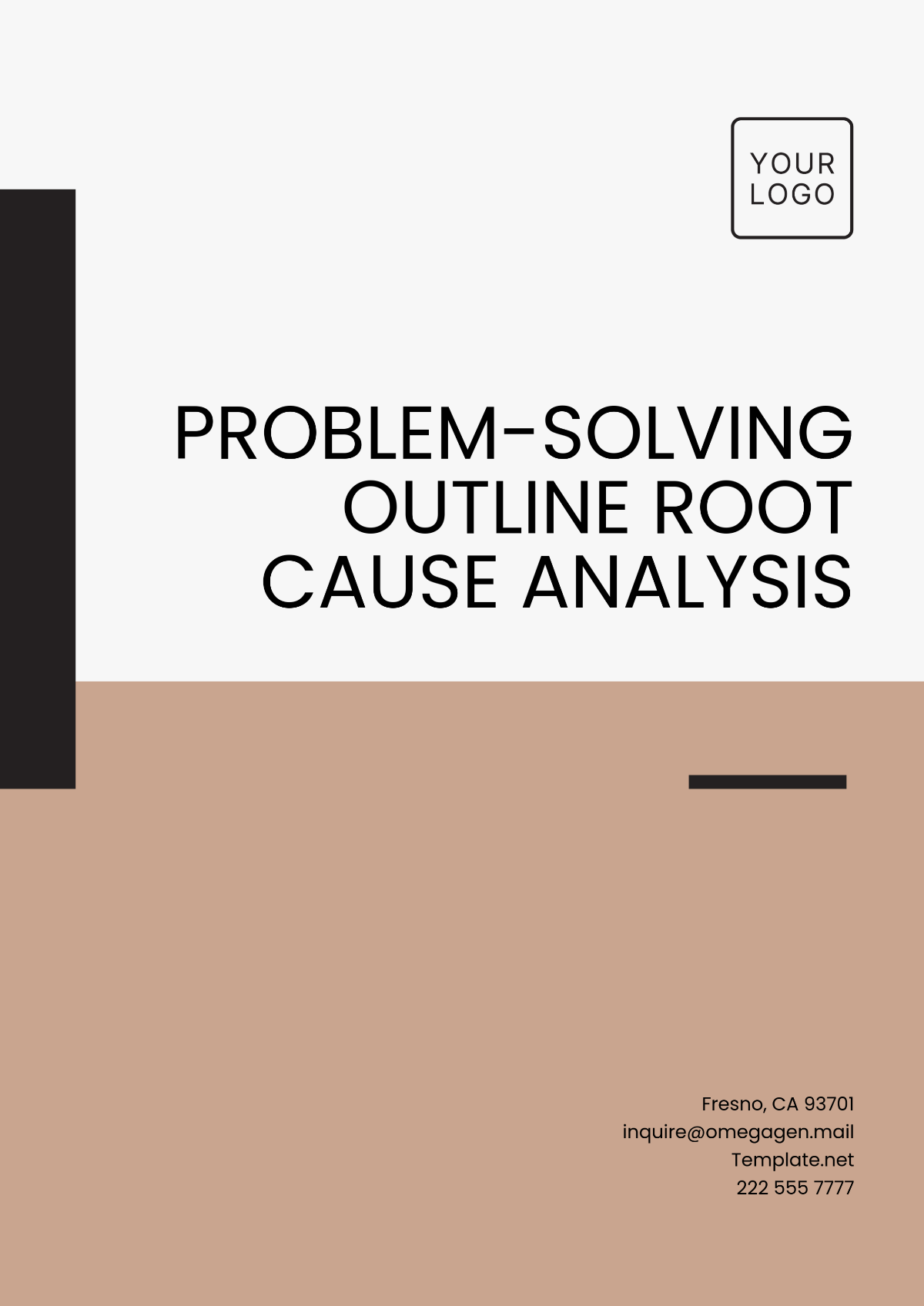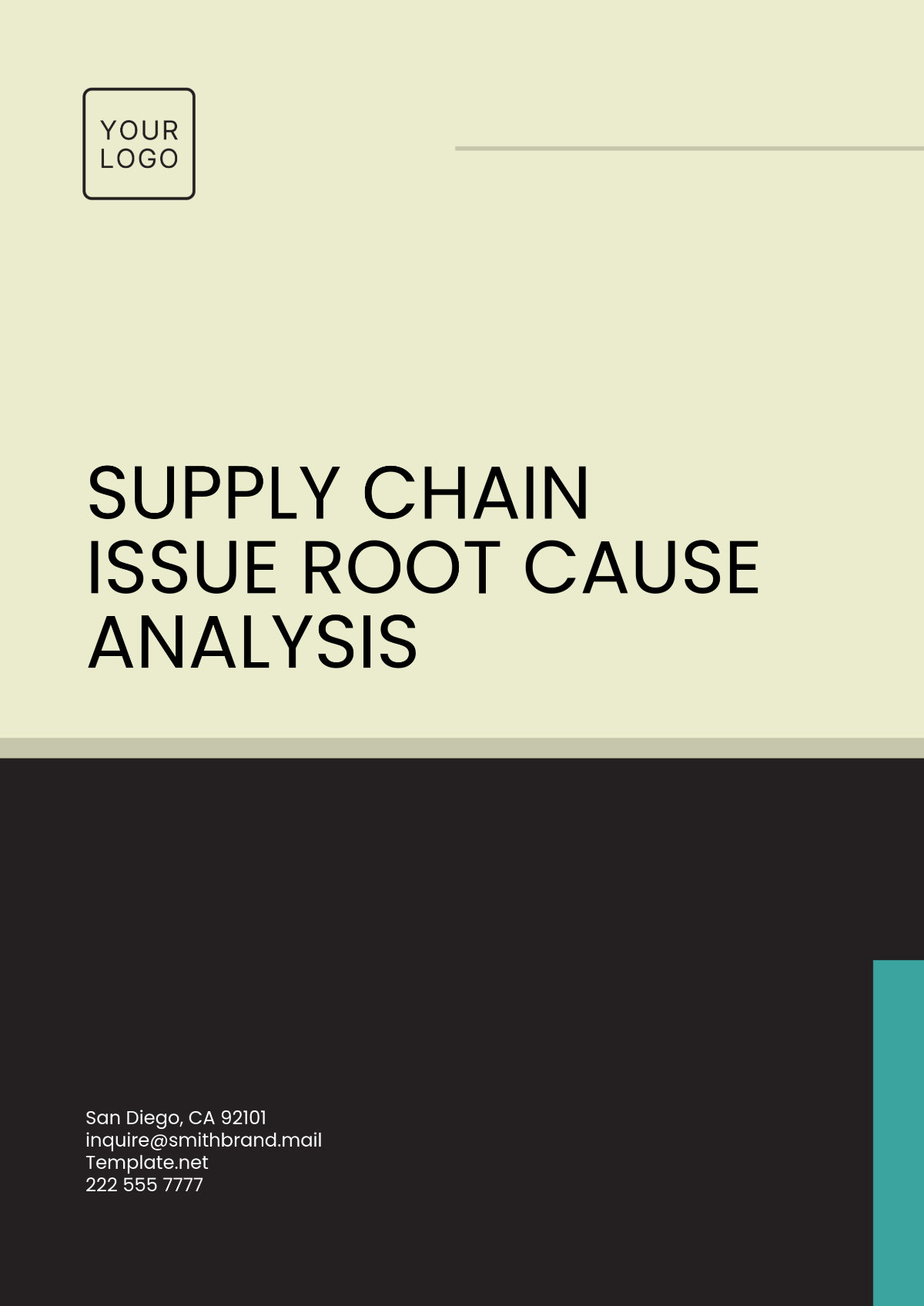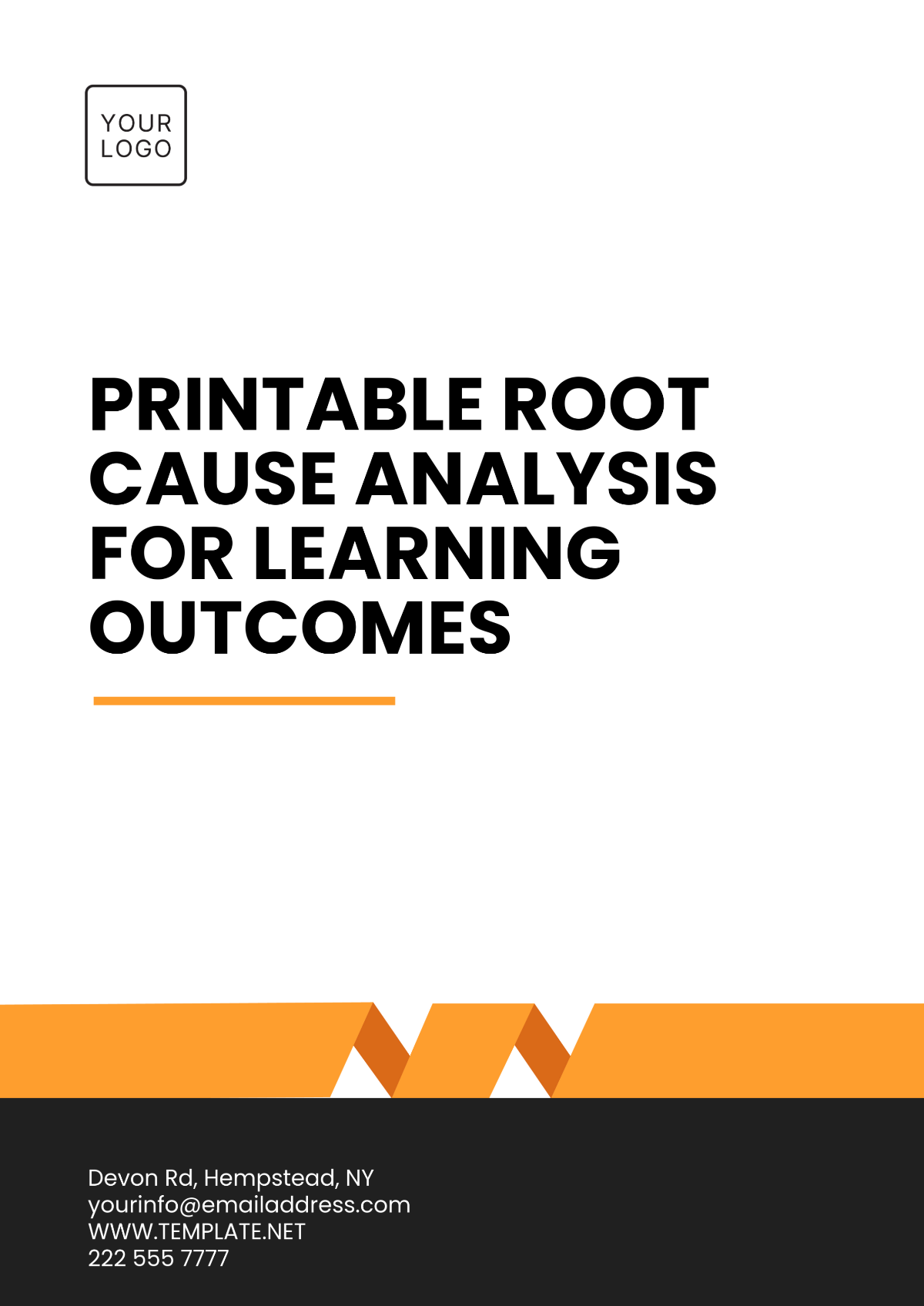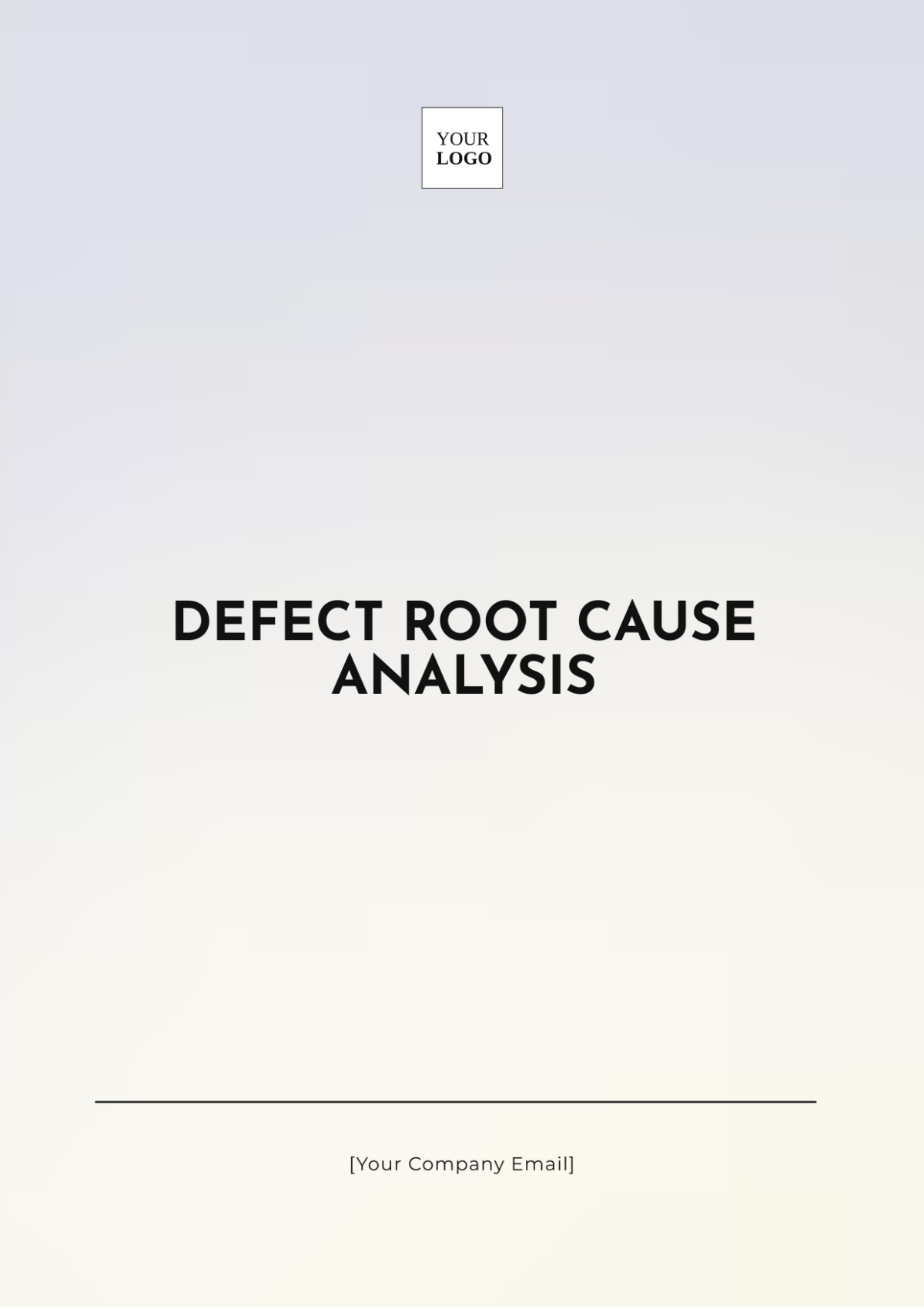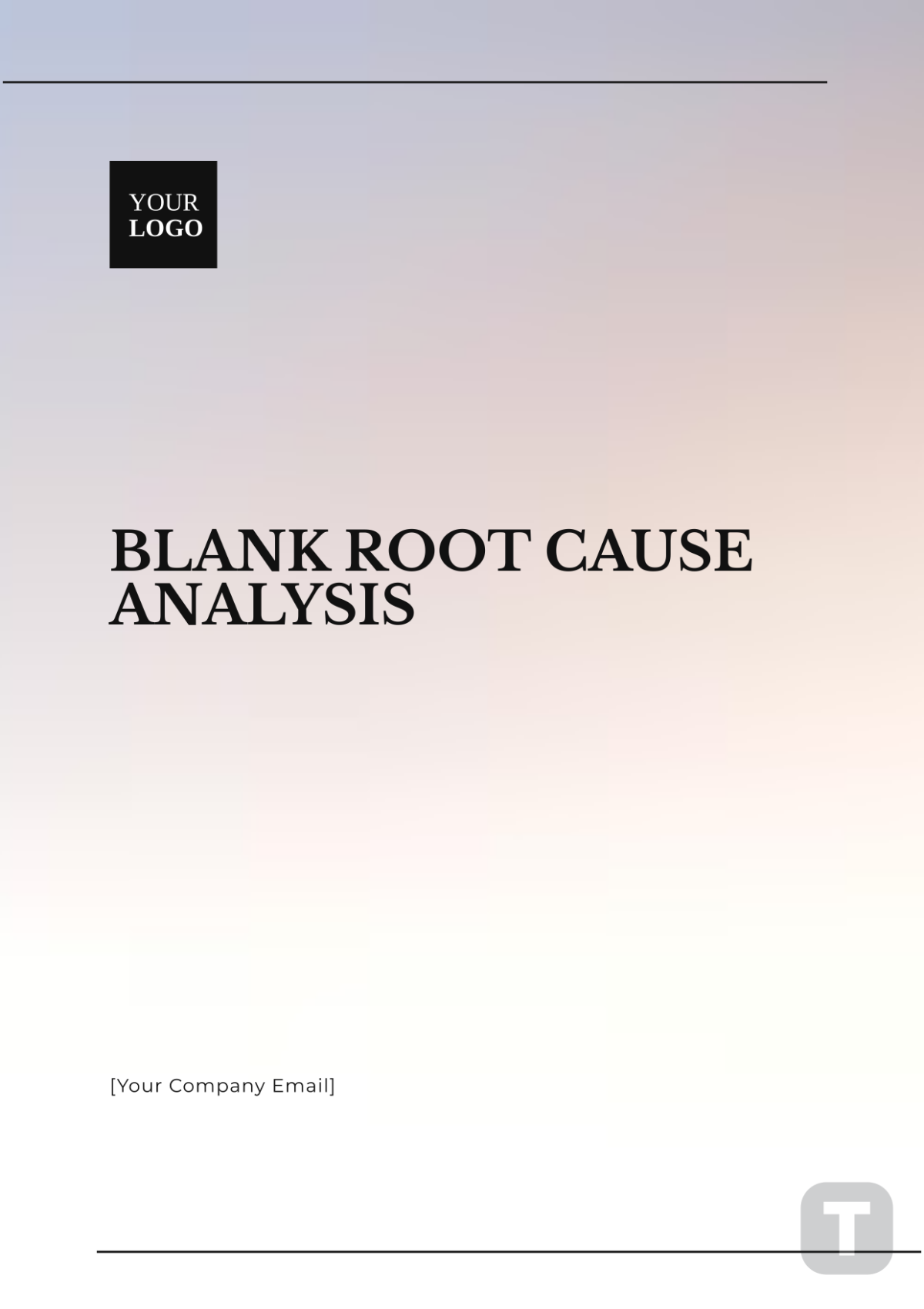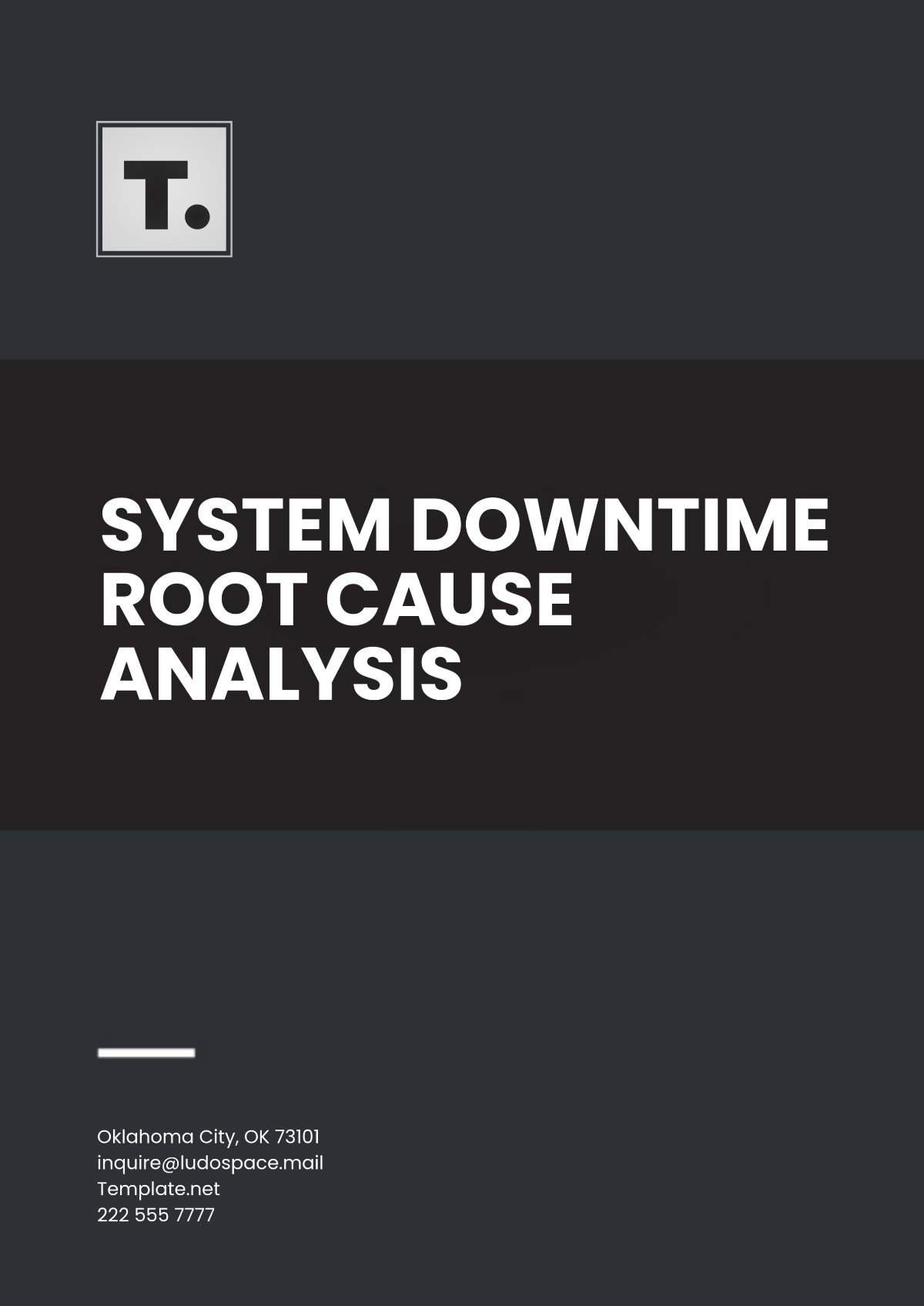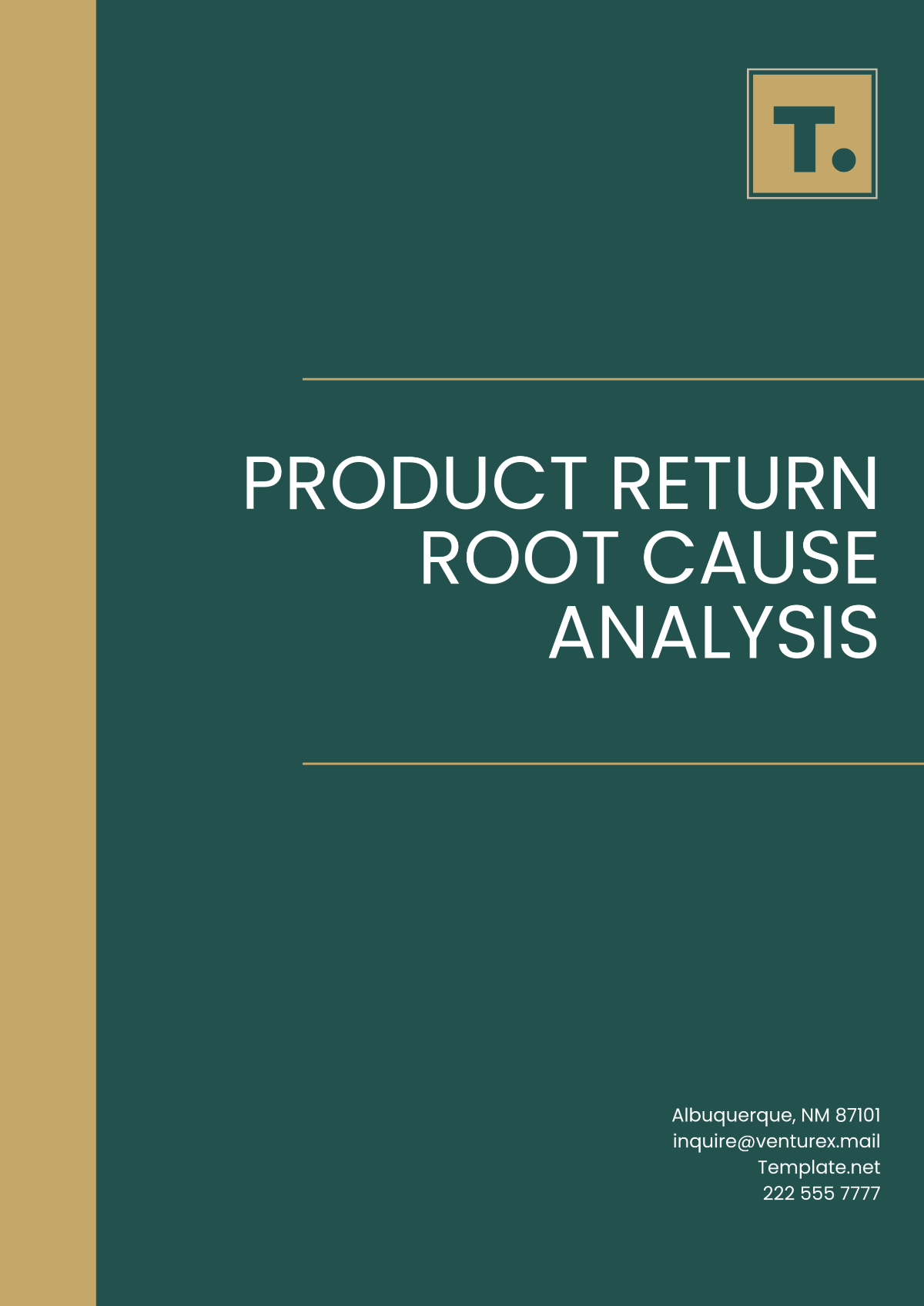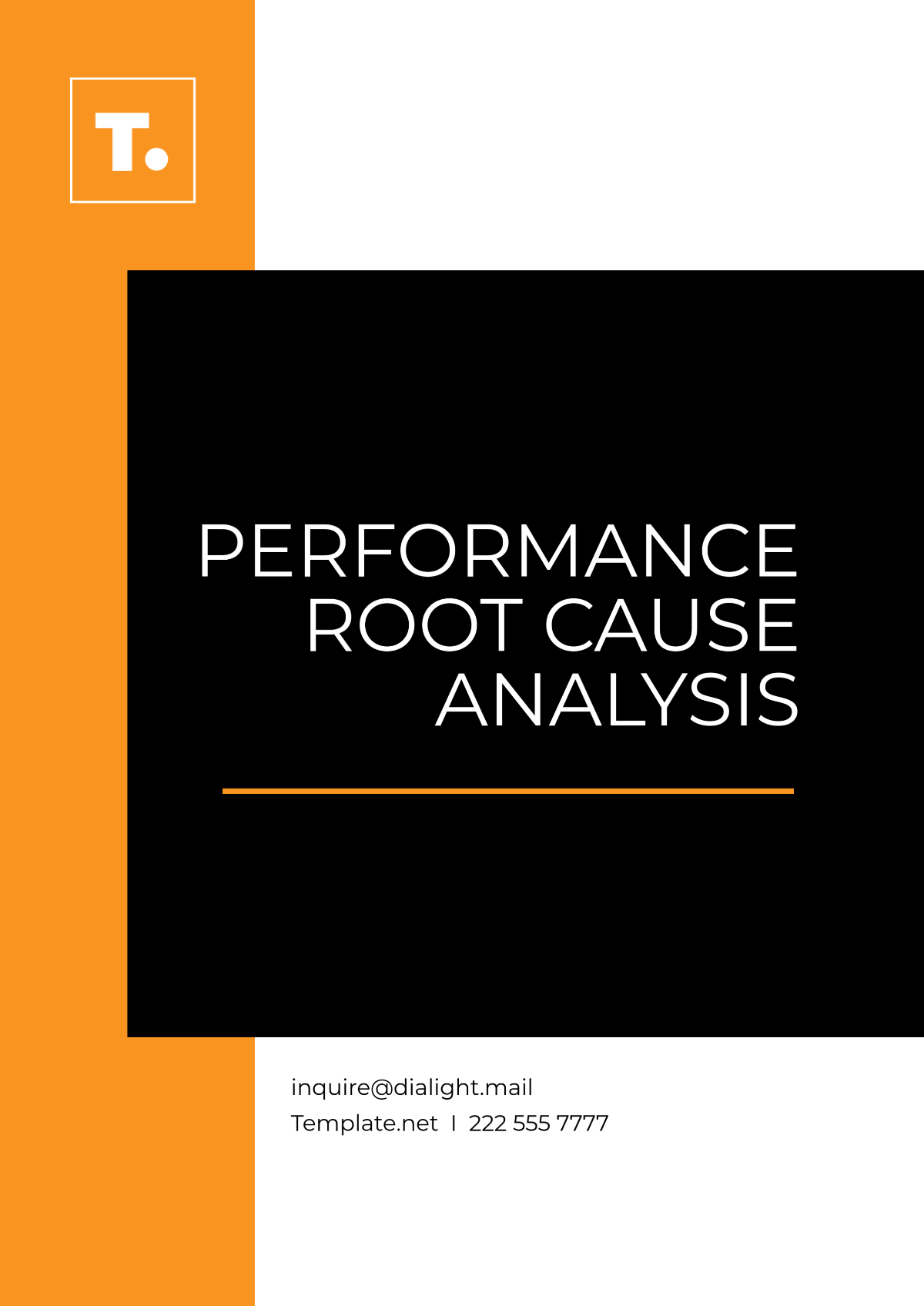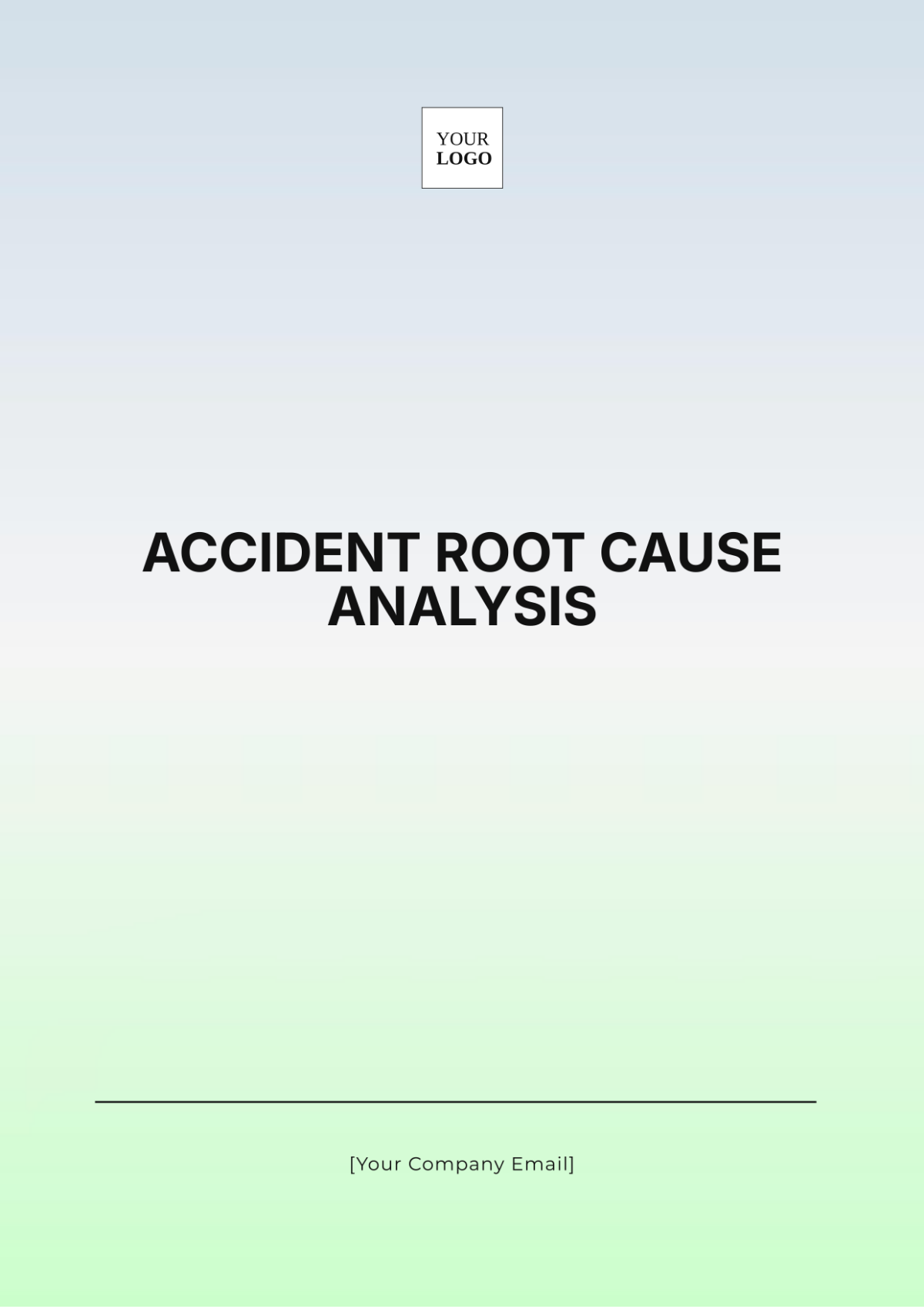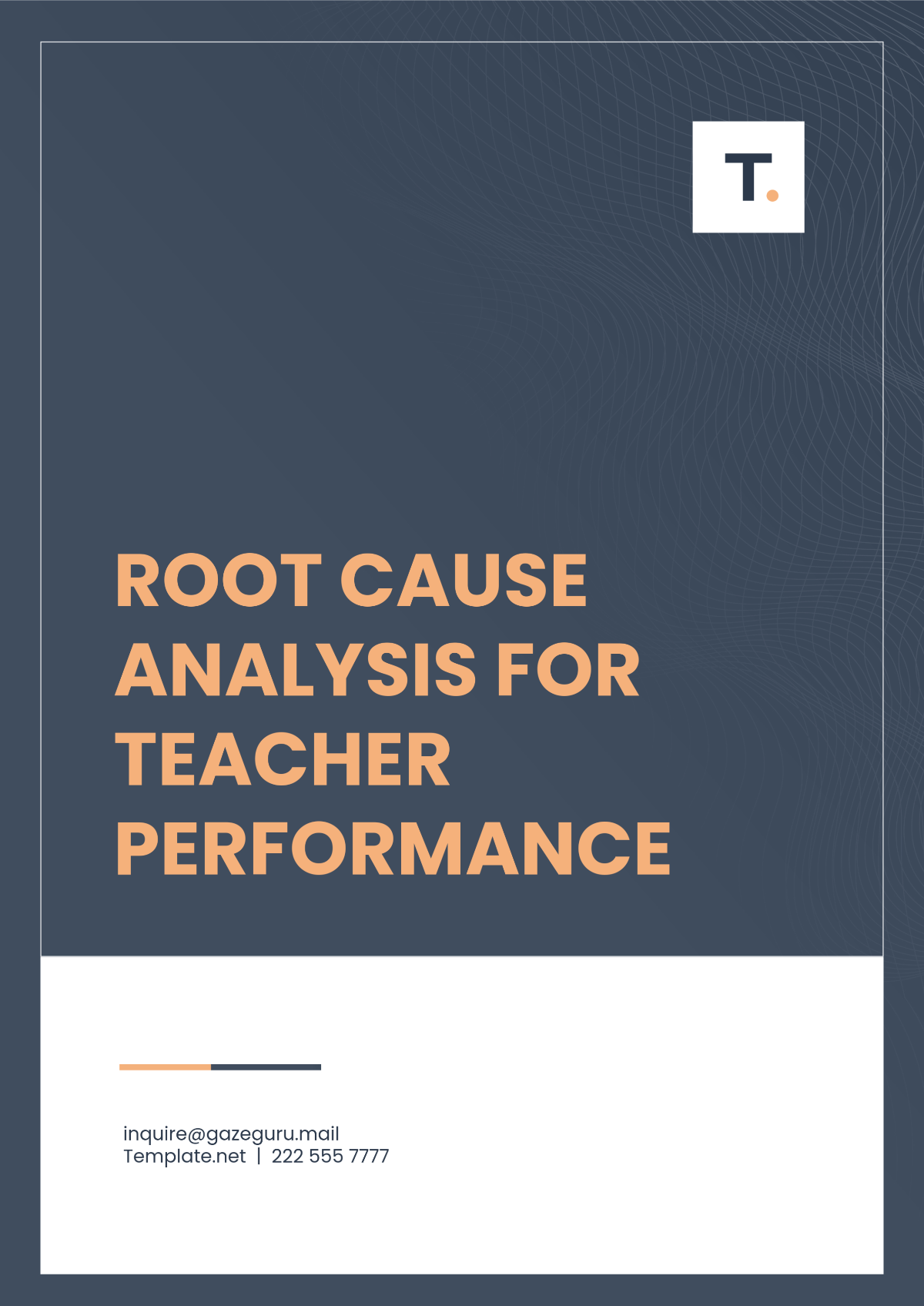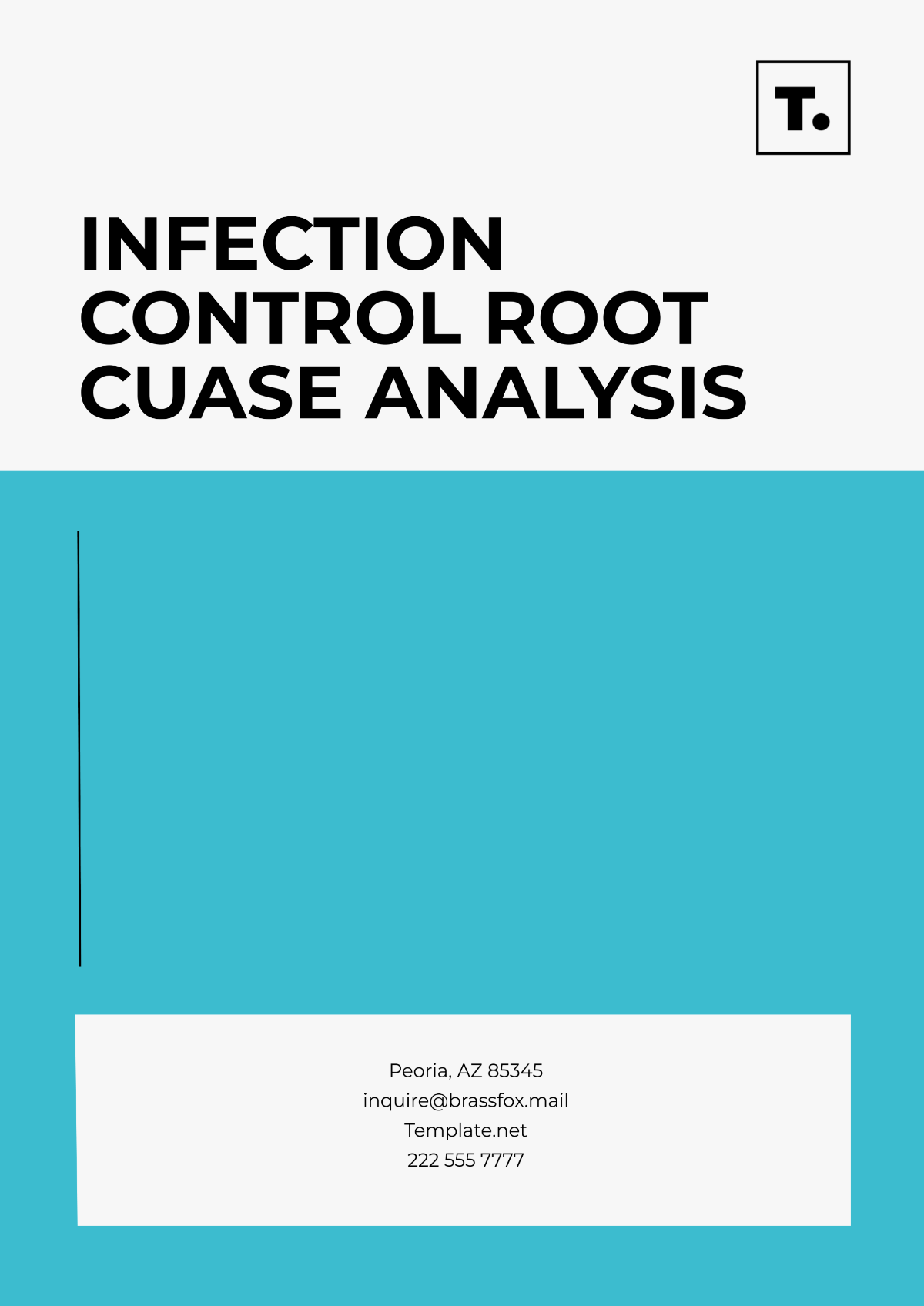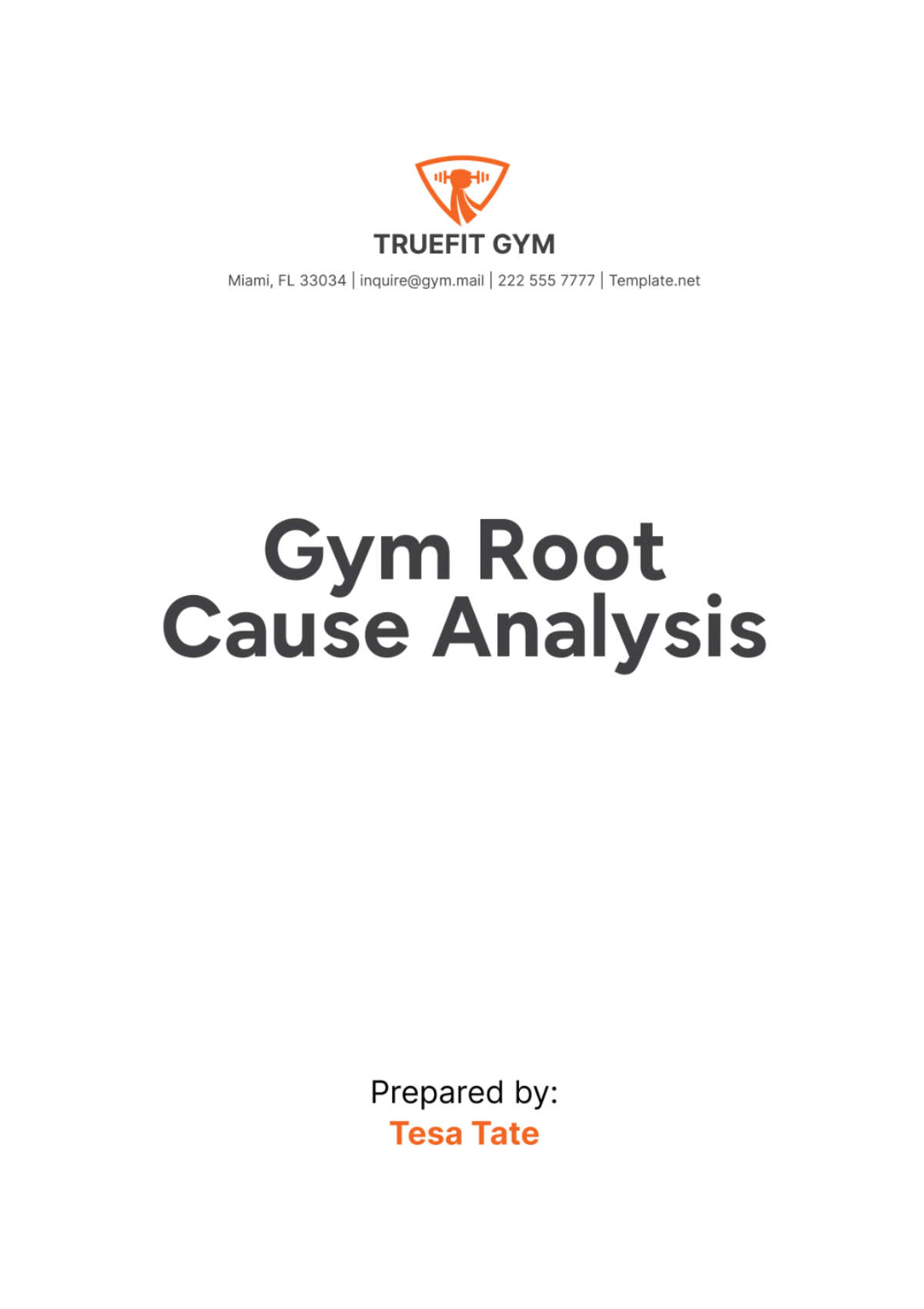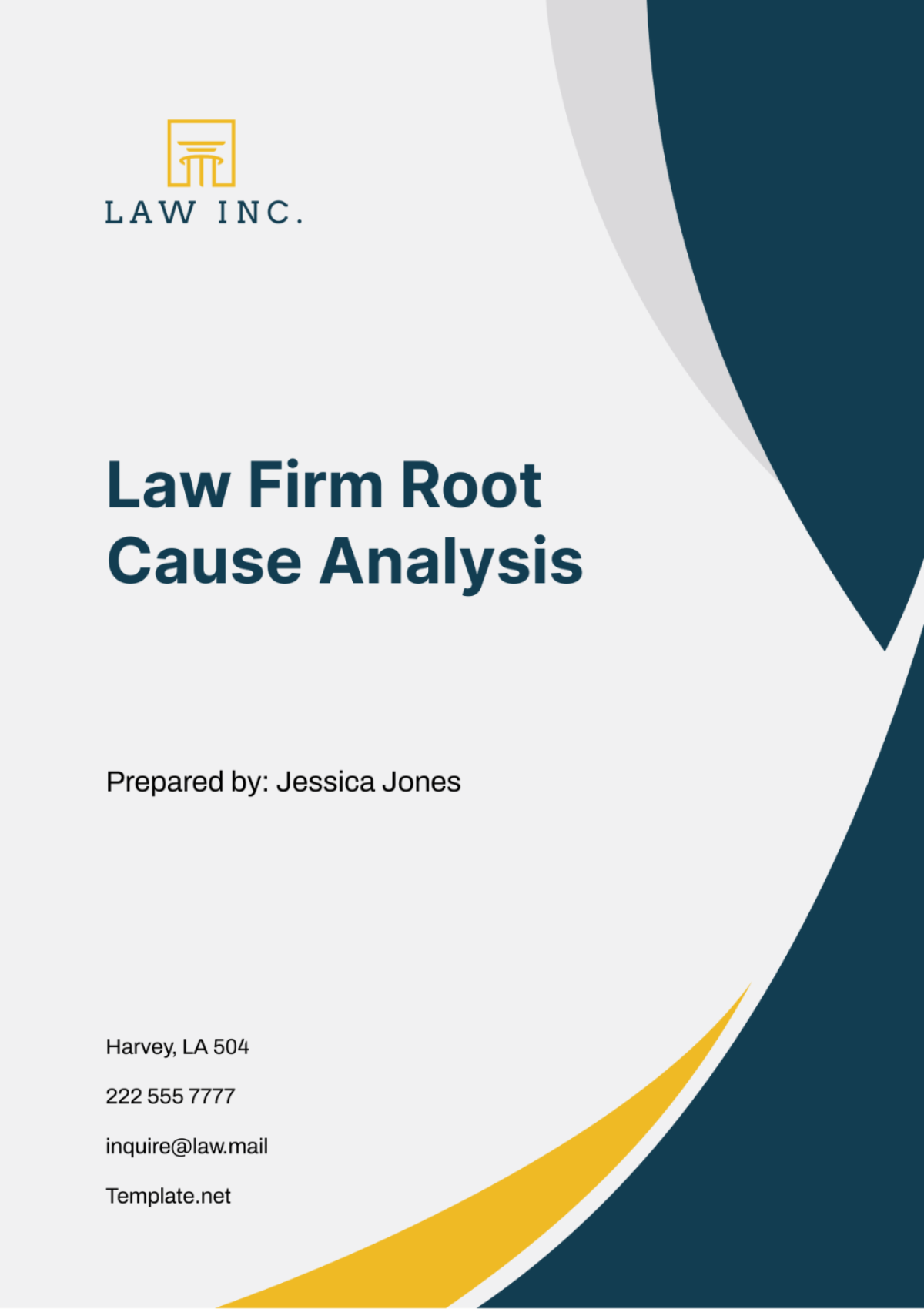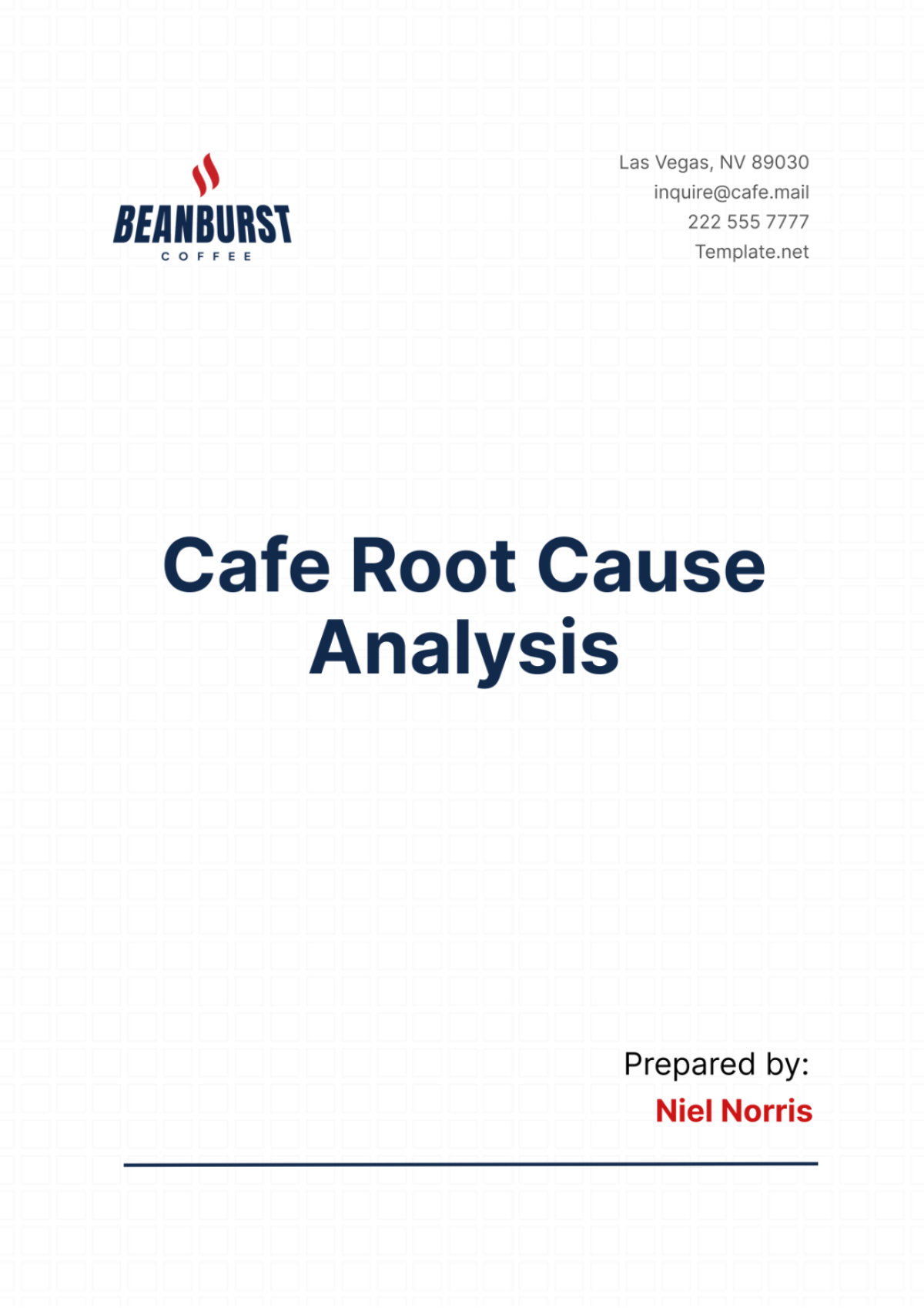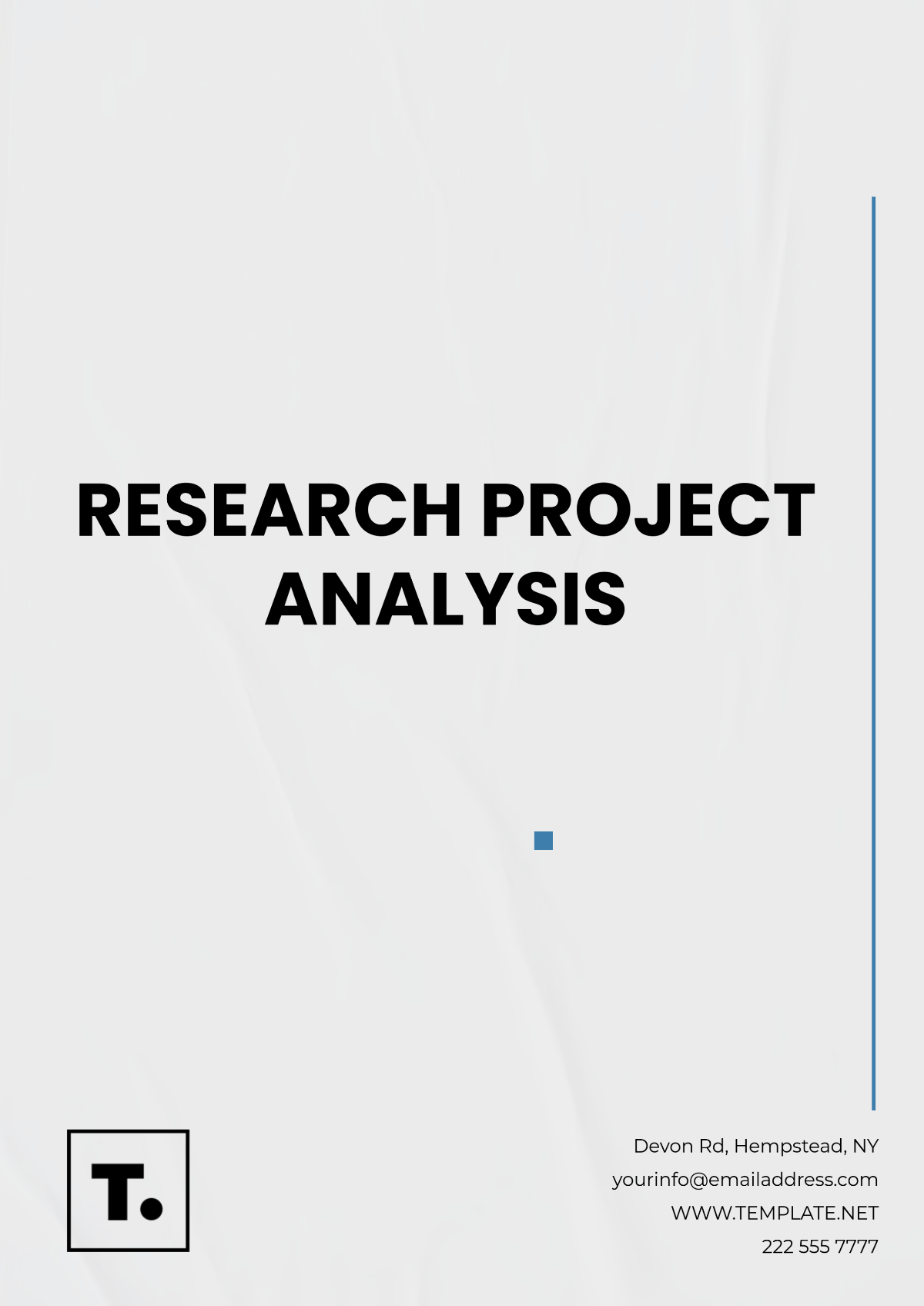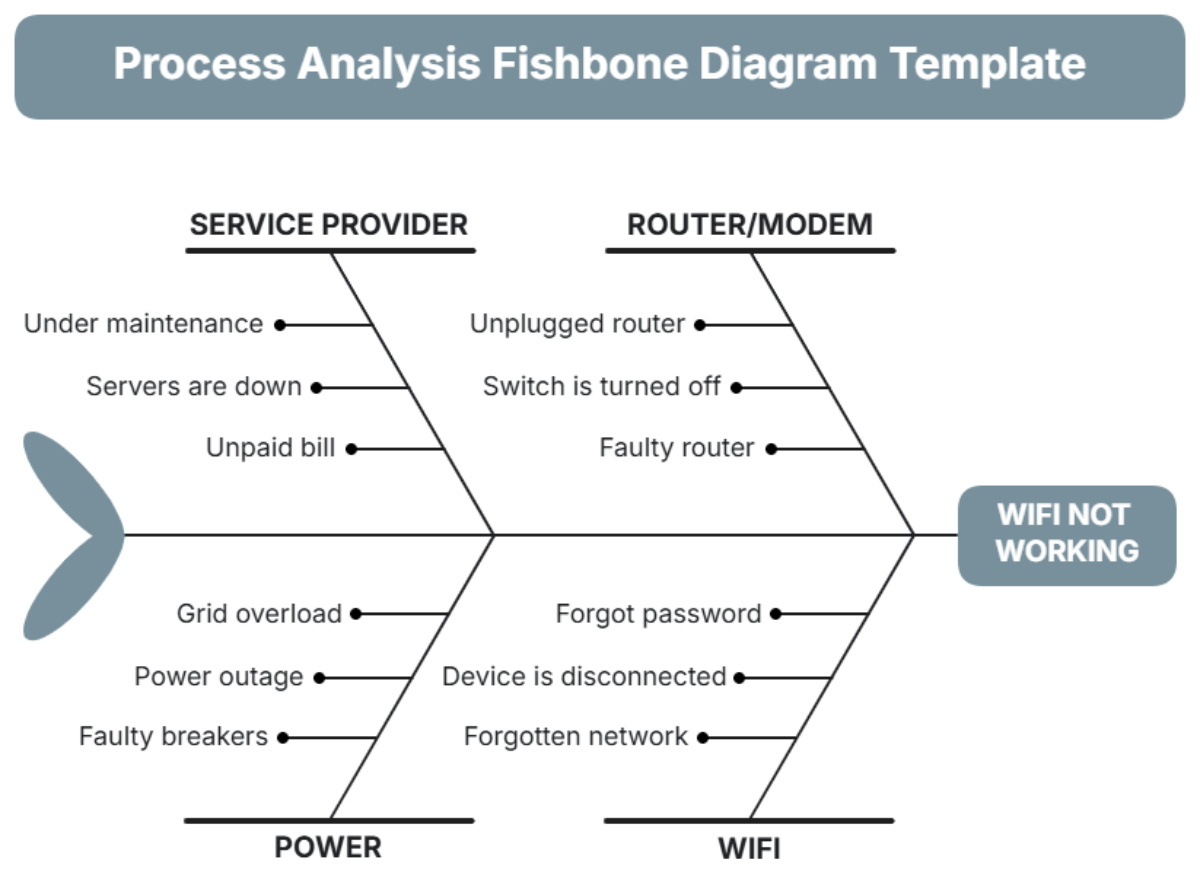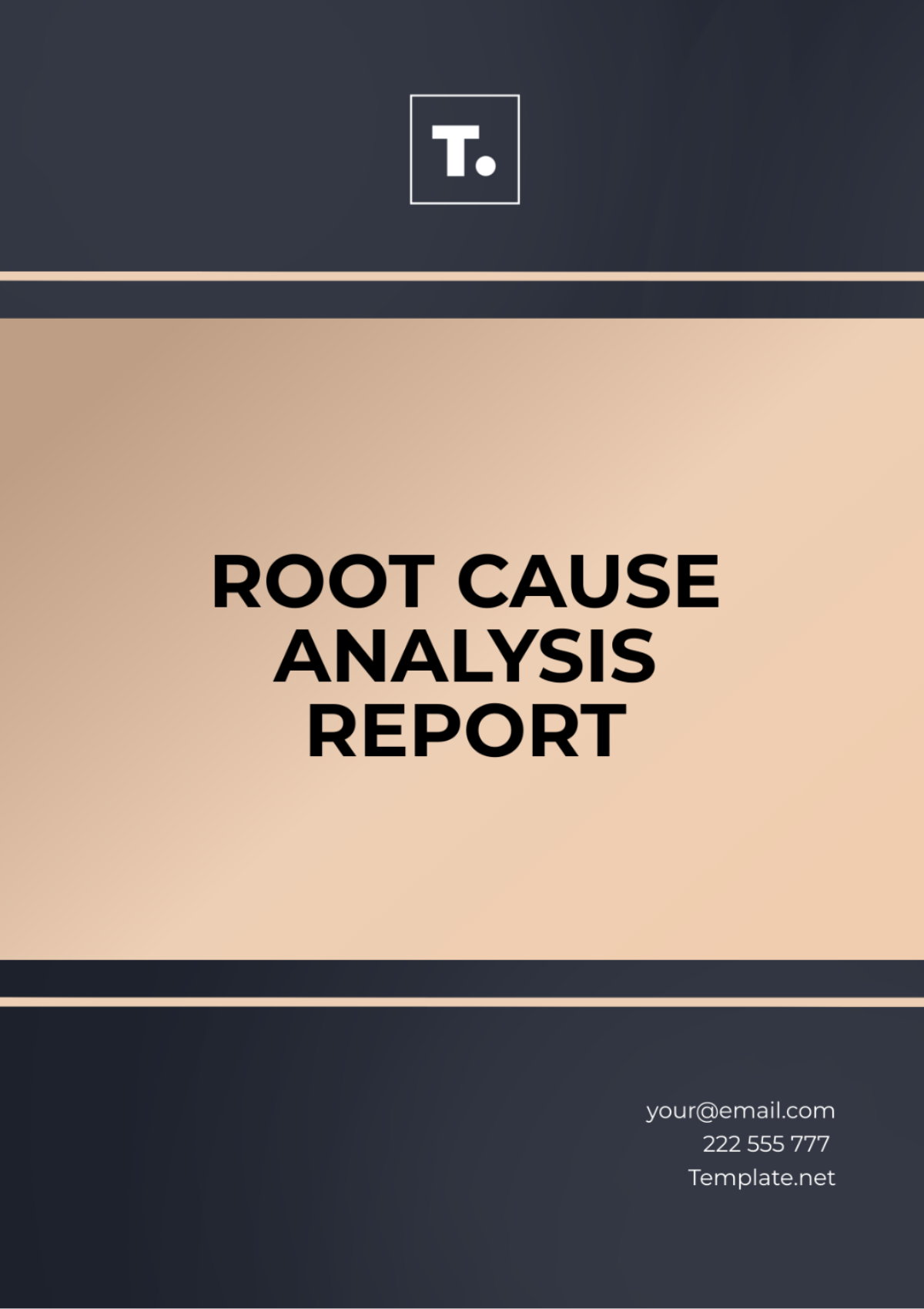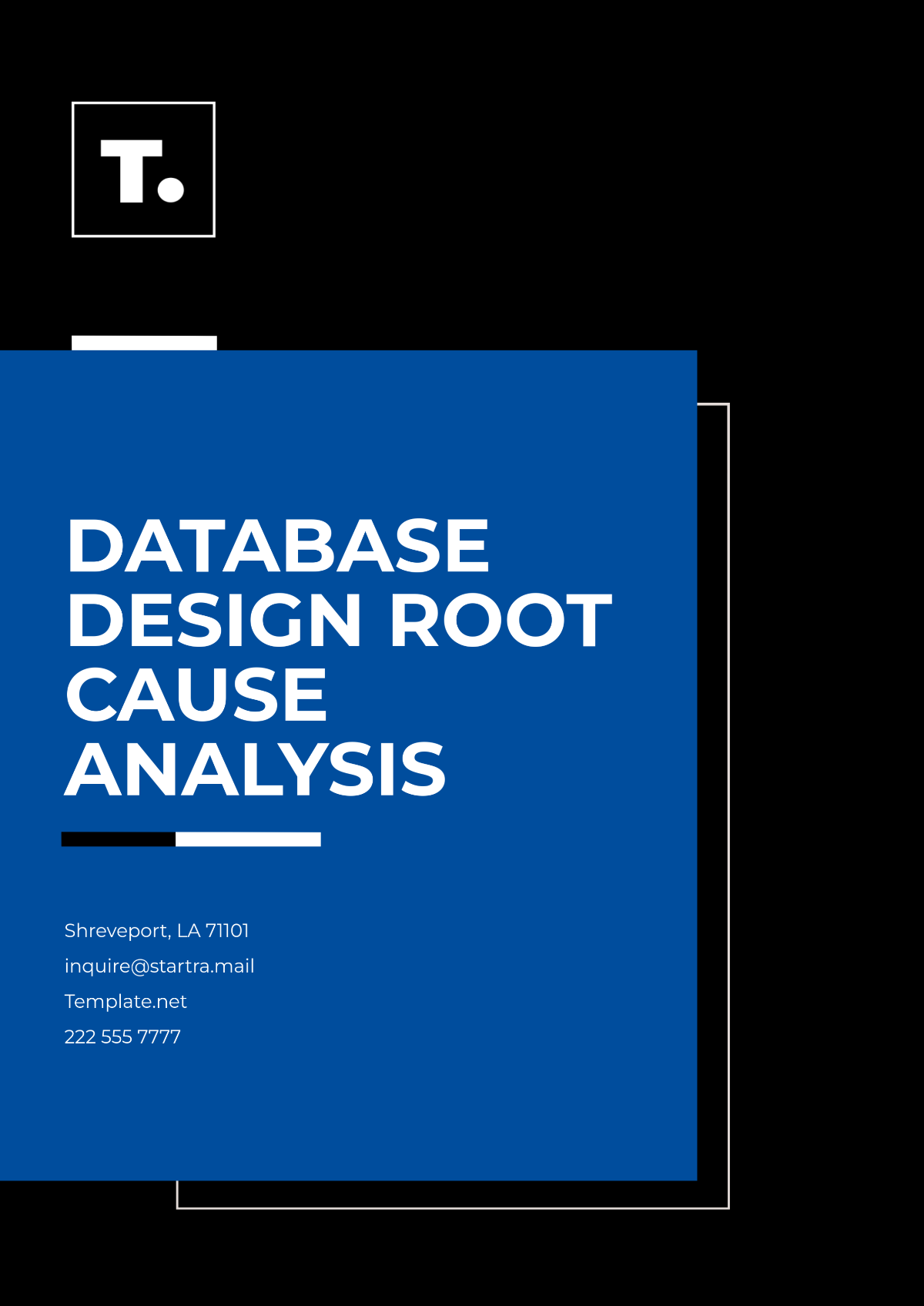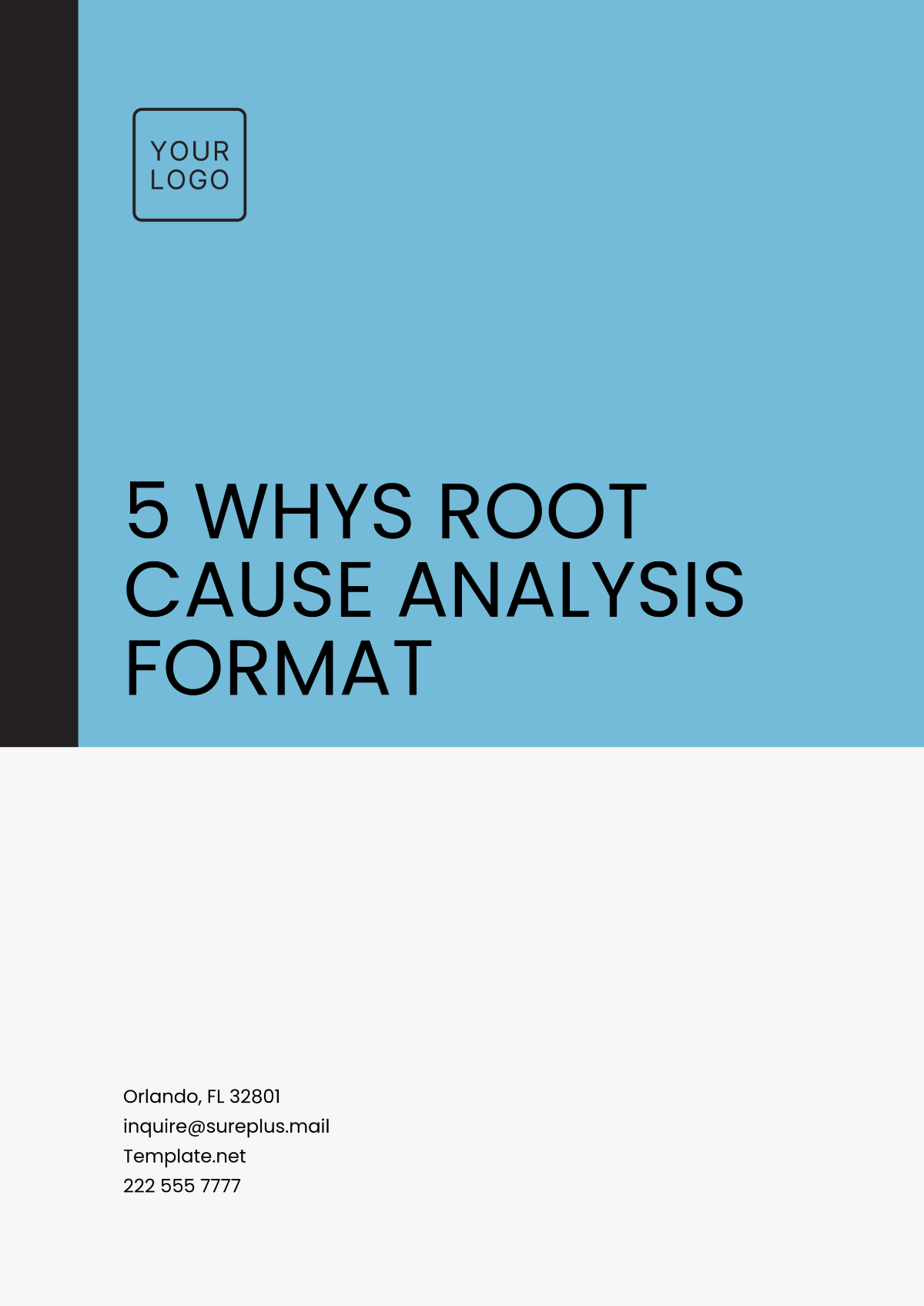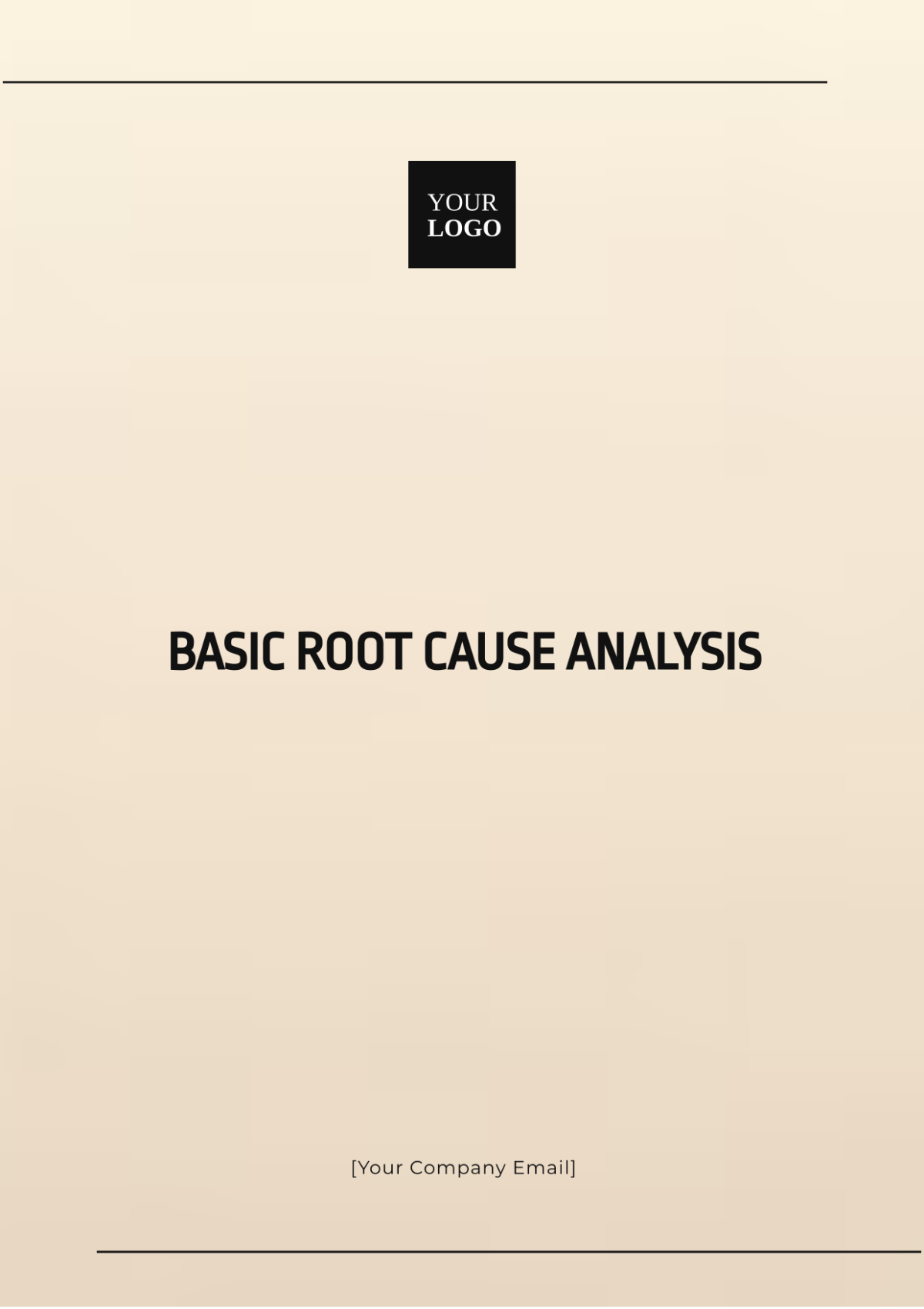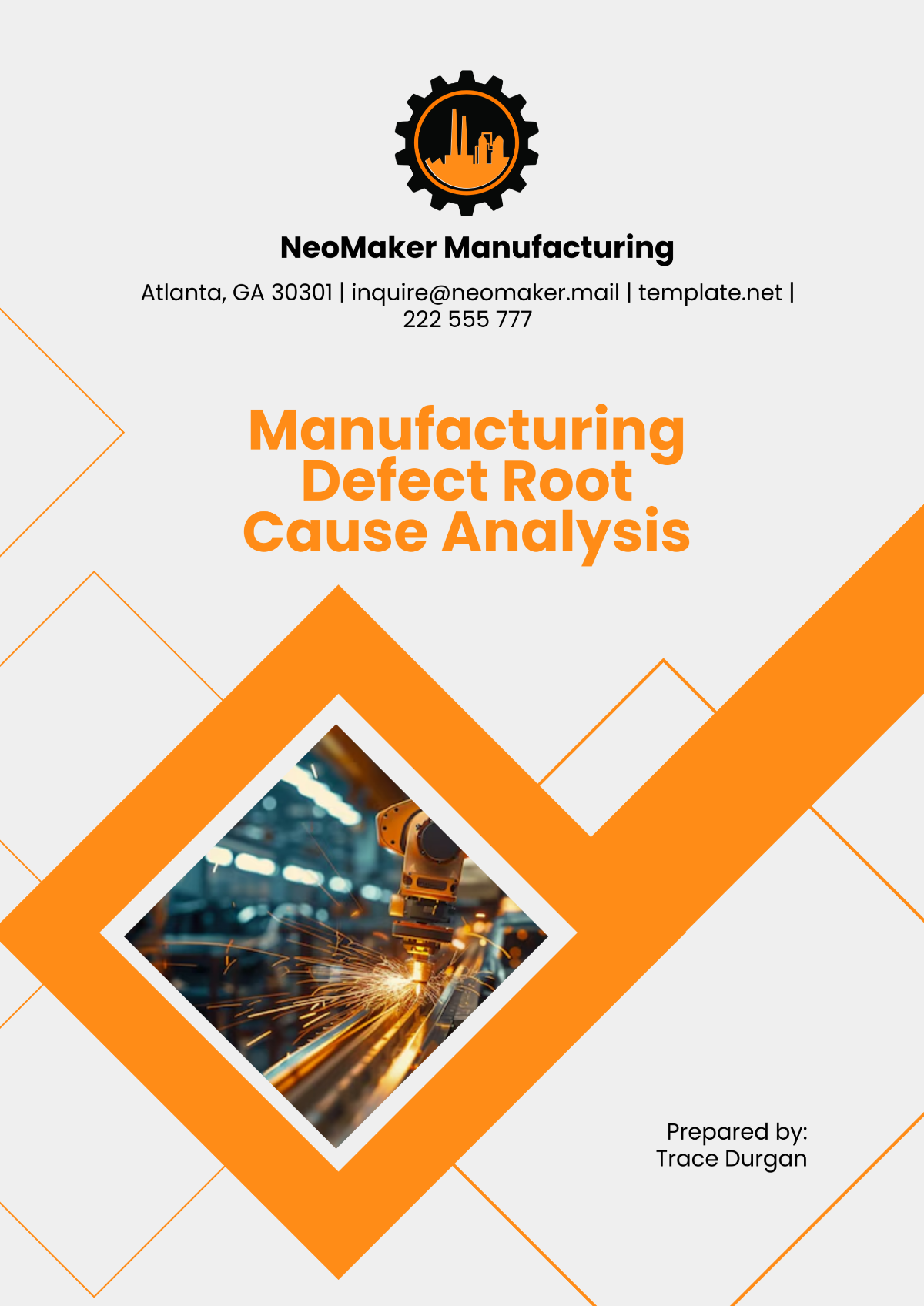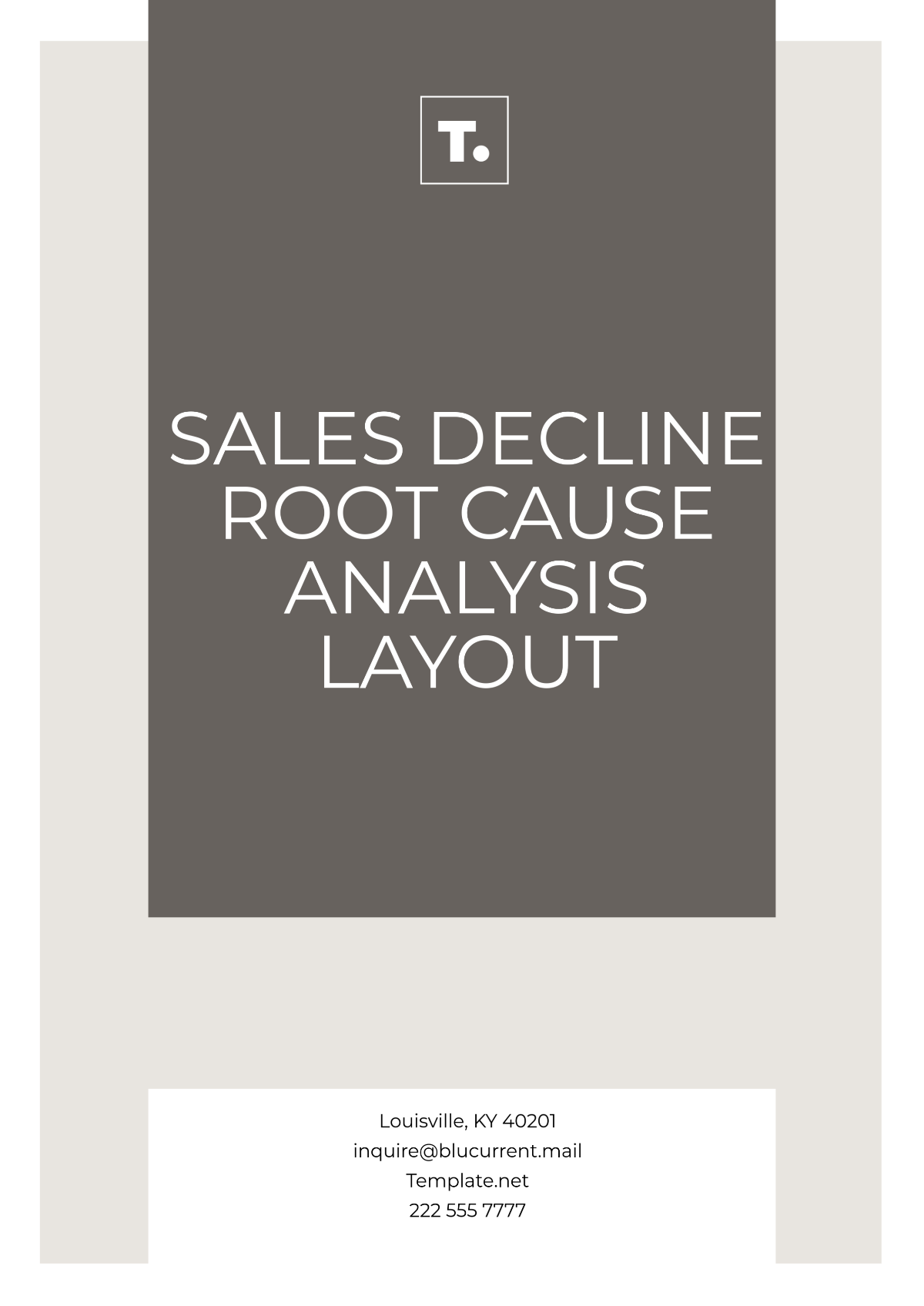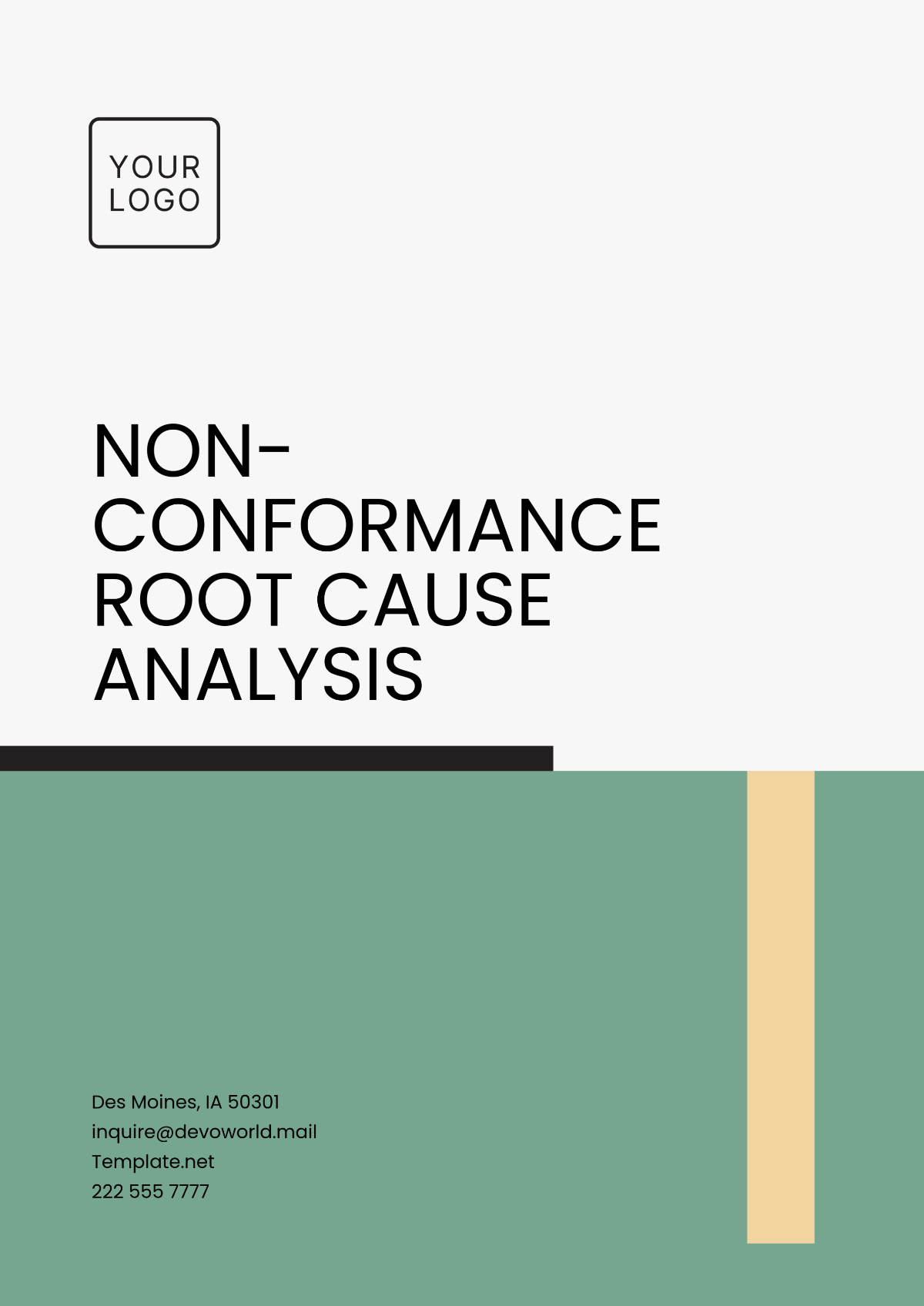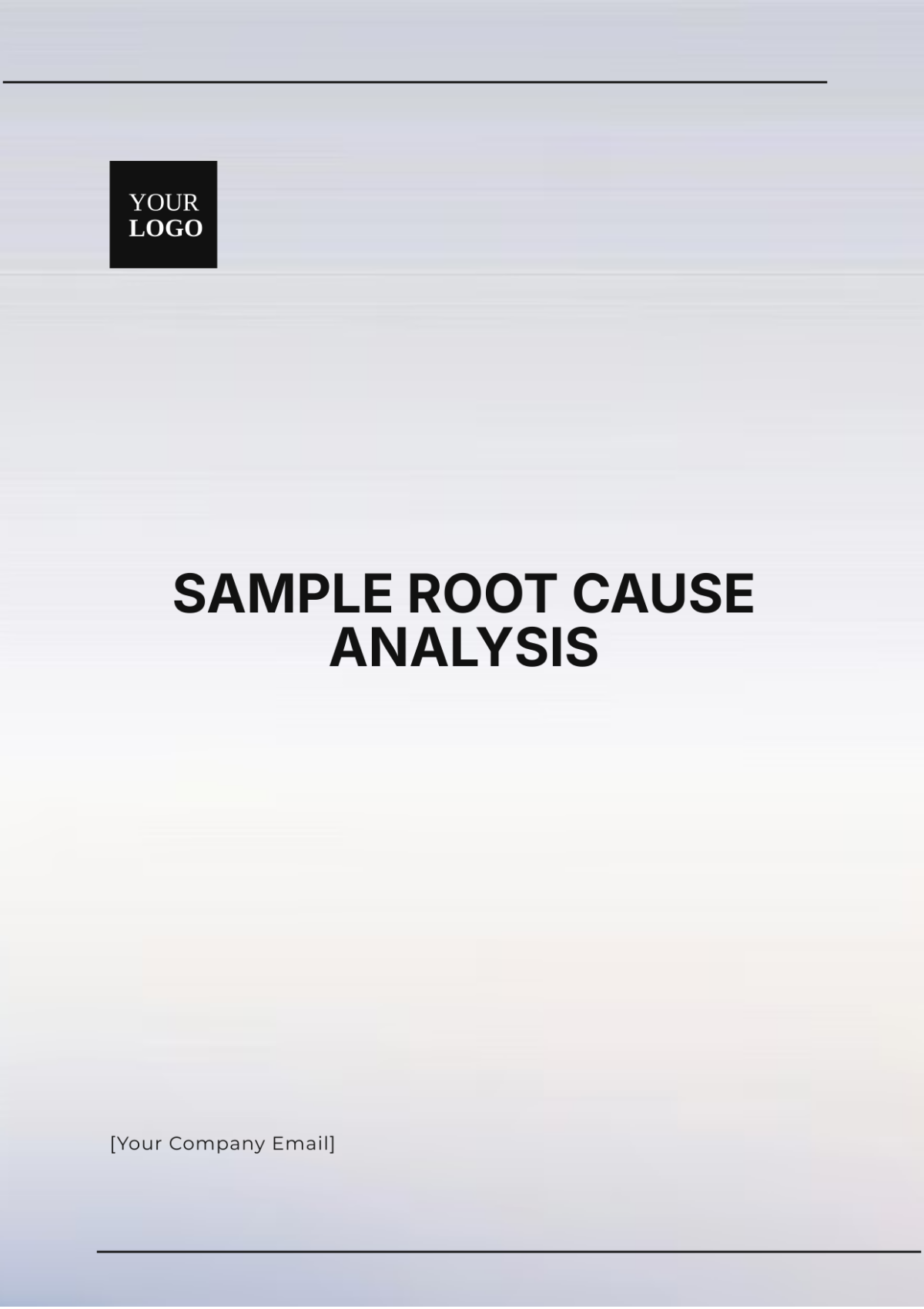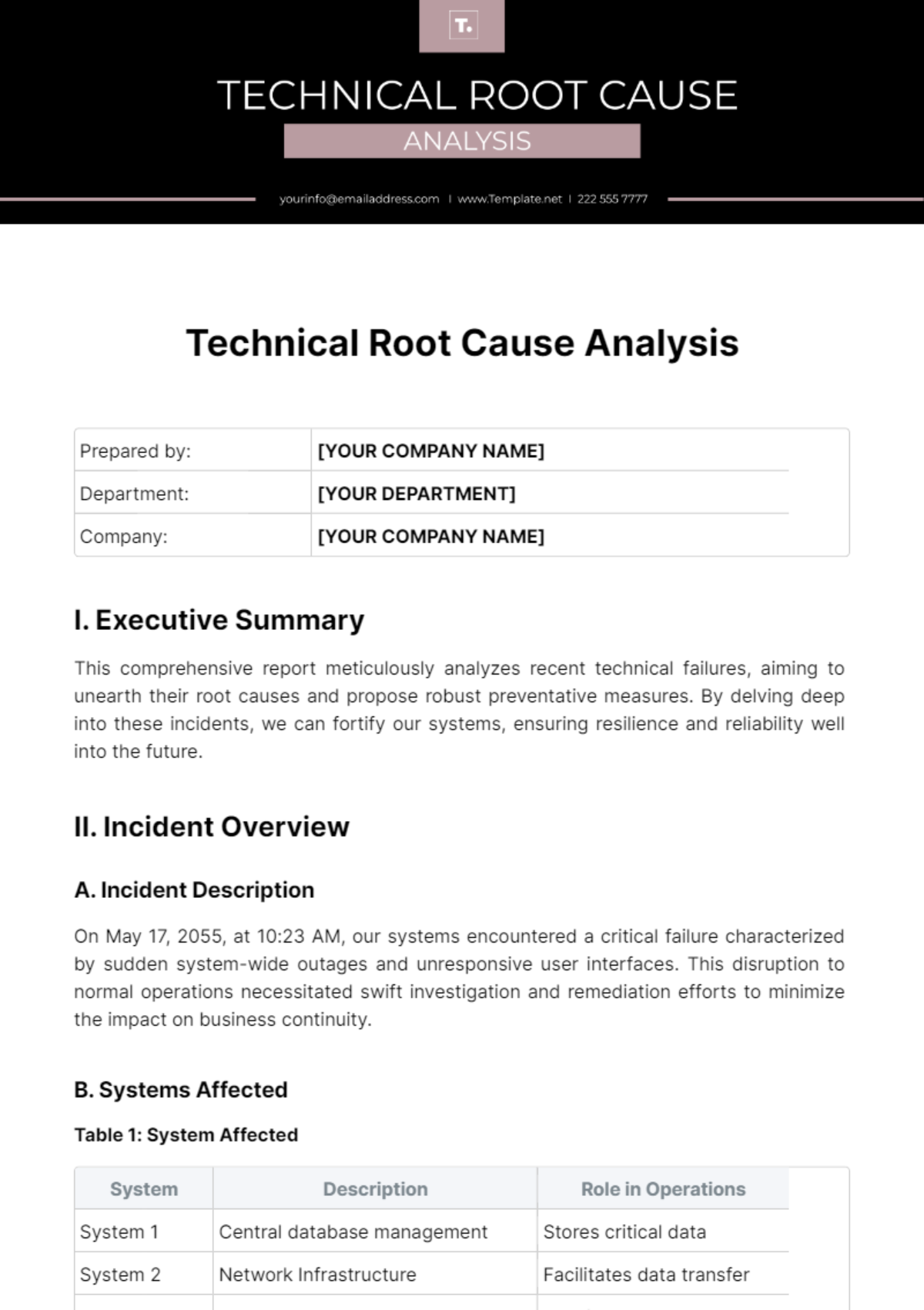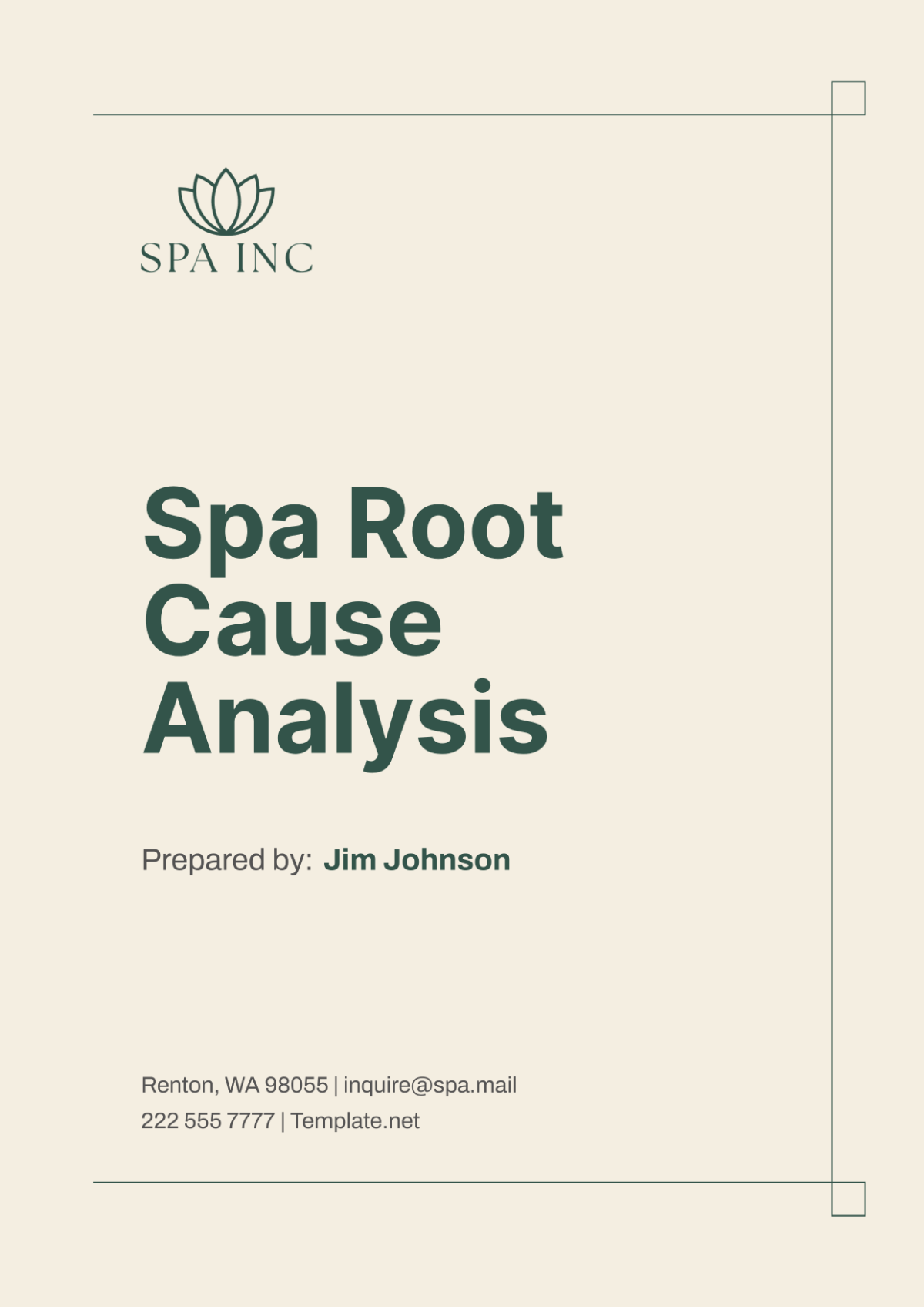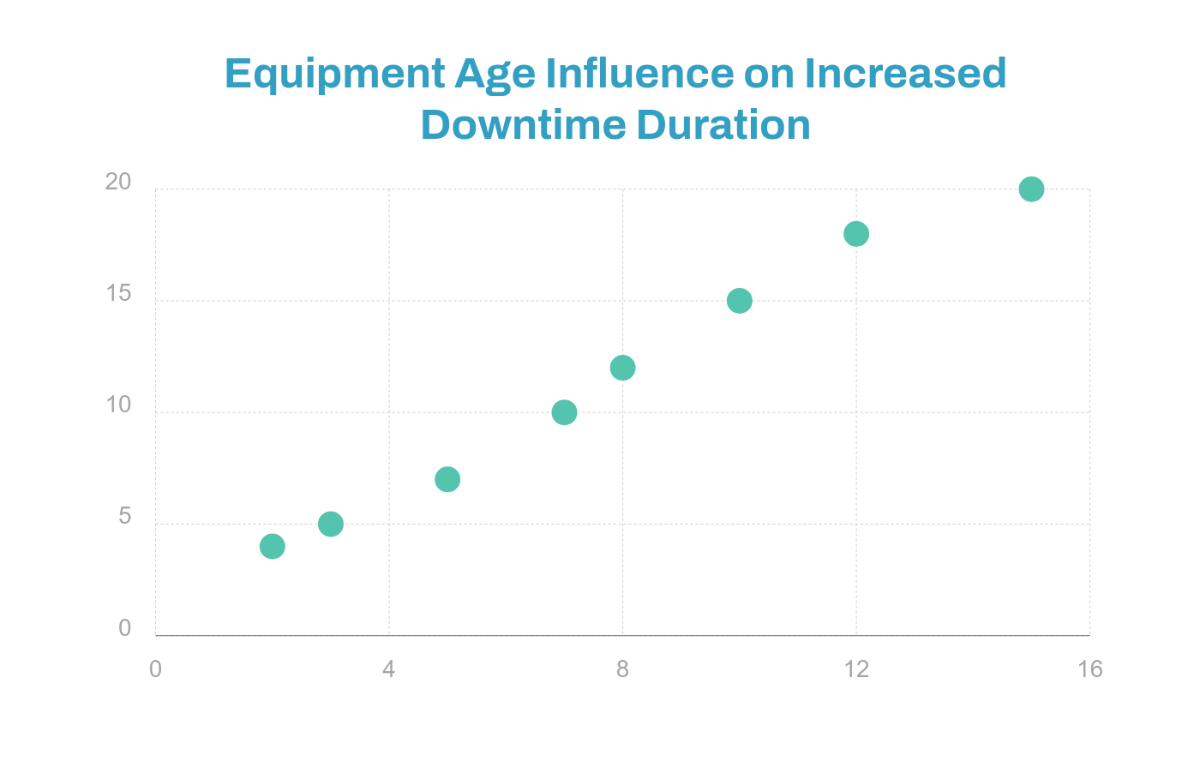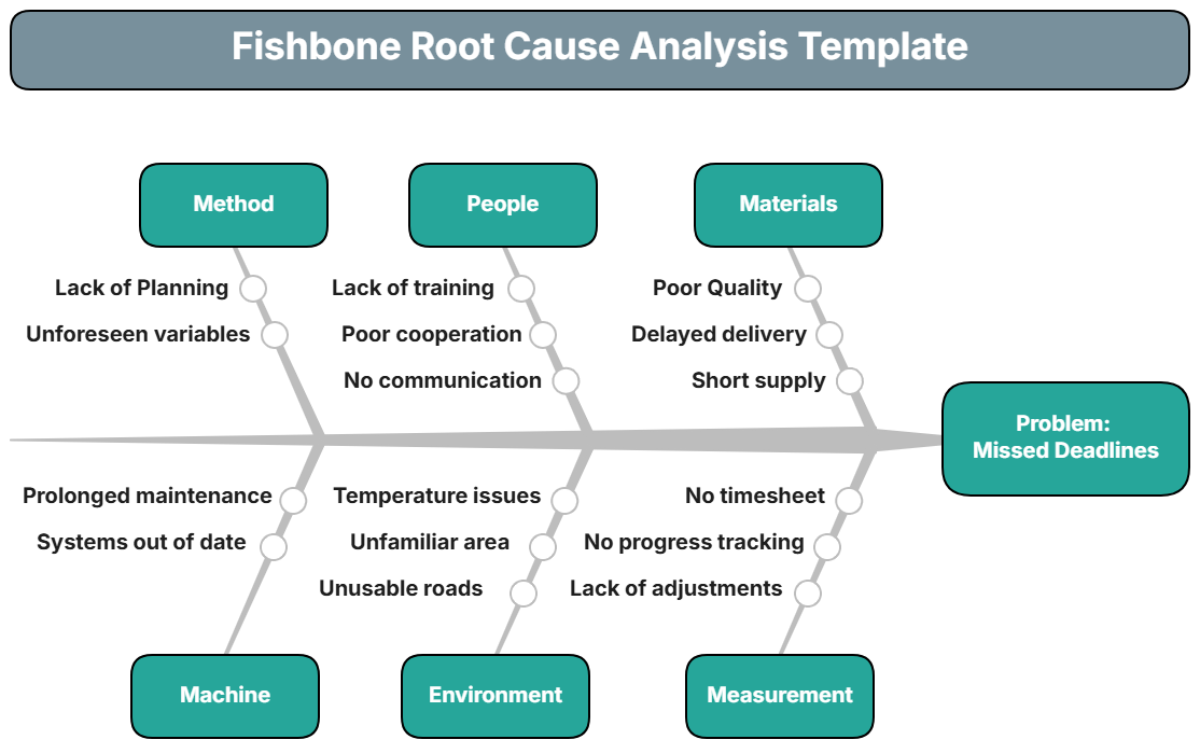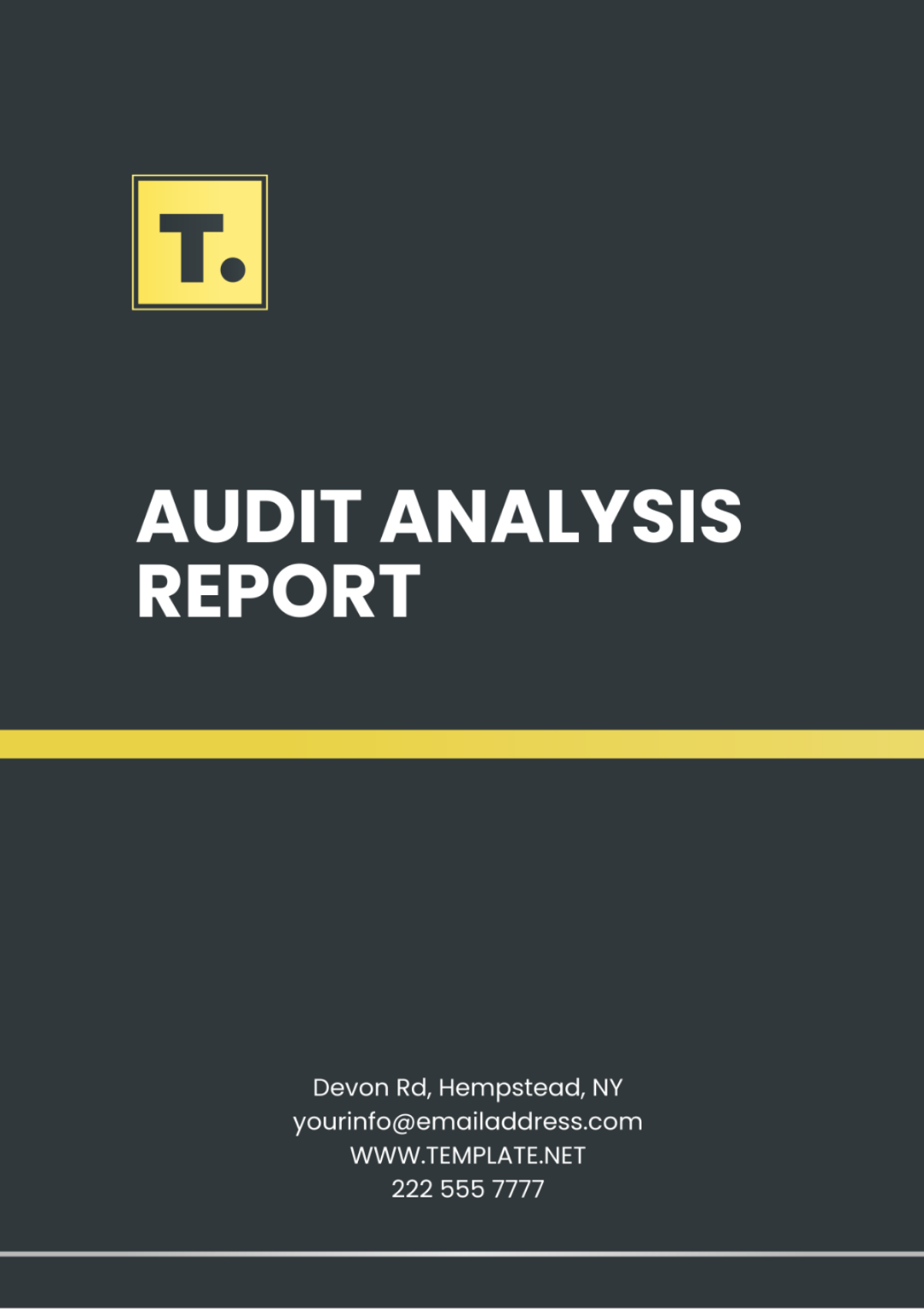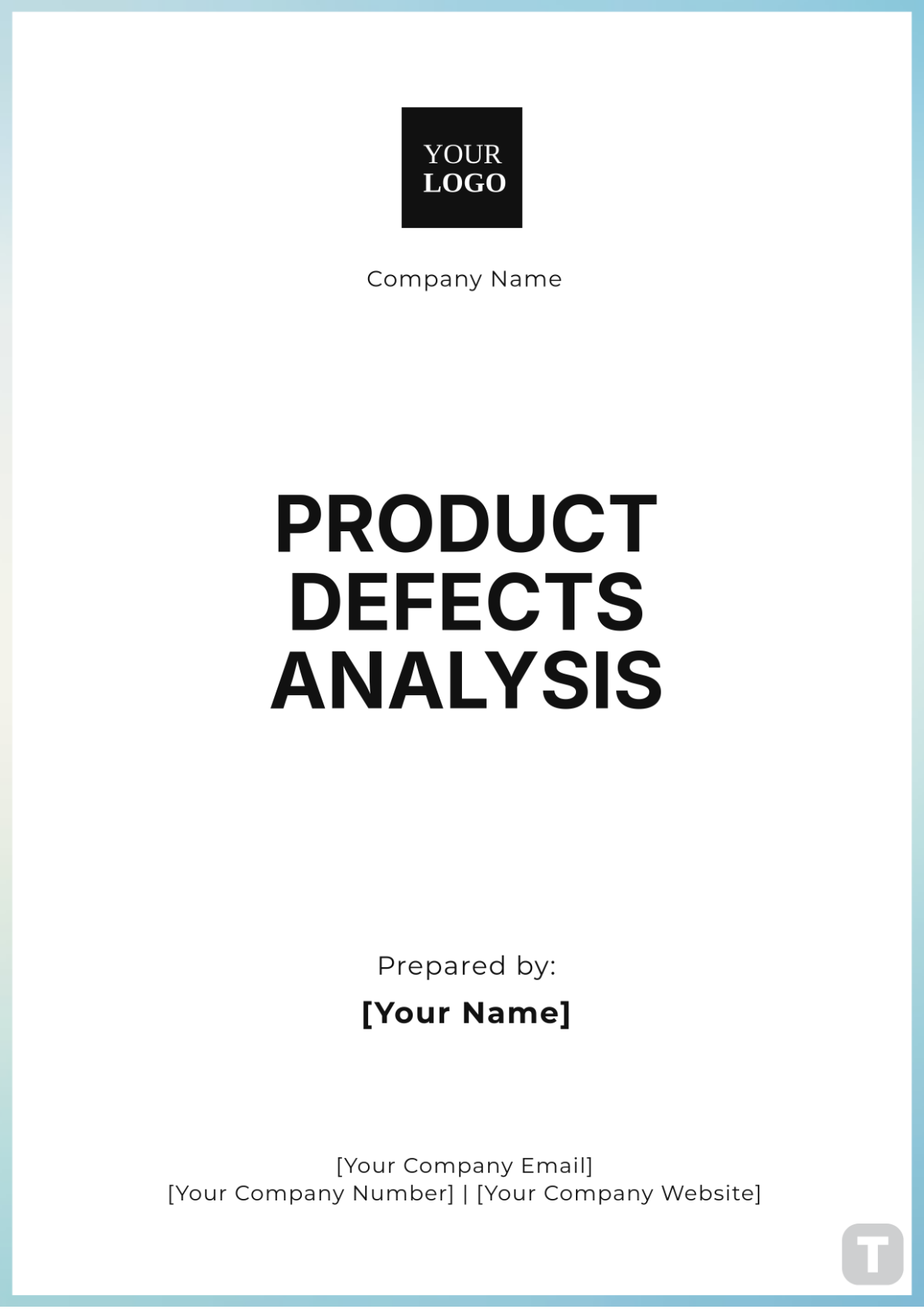Business Process Analysis
Prepared By: | [YOUR NAME] |
Department: | [YOUR DEPARTMENT] |
Company: | [YOUR COMPANY NAME] |
I. Introduction
In this section, we will delve into a comprehensive analysis of the business processes at [Your Company Name]. The primary objective is to identify areas of inefficiency, streamline workflows, and ultimately enhance overall performance. This analysis will involve collaboration with key stakeholders across various departments to ensure a thorough assessment.
II. Background Information
A. [Your Company Name]
[Your Company Name] is a leading provider of enterprise resource planning (ERP) software solutions. With a comprehensive suite of tools designed to streamline business processes, optimize resource utilization, and improve decision-making, we empower organizations to achieve their strategic objectives efficiently. Our ERP software integrates core business functions such as finance, human resources, supply chain management, and manufacturing, enabling seamless collaboration and data-driven insights across the enterprise. Committed to excellence and innovation, we continuously innovate to meet the evolving needs of our clients and deliver exceptional value in today's dynamic business landscape.
B. Business Process Overview
At [Your Company Name], our business processes encompass various functions, including sales, customer support, product development, and implementation services. These processes are interconnected and play a crucial role in delivering high-quality ERP solutions to our customers. From initial lead generation to post-implementation support, each stage of our business processes is meticulously designed to ensure customer satisfaction and success.
III. Methodology
A. BPA Approach
For this Business Process Analysis, we will adopt a systematic approach that involves:
Conducting interviews with key stakeholders to gain insights into existing workflows.
Analyzing documentation such as process manuals, SOPs, and reports.
Observing process execution in real-time to identify bottlenecks and inefficiencies.
B. Data Collection
Data will be collected through a combination of interviews, surveys, and direct observation. Additionally, we will review relevant documents such as sales reports, production schedules, and customer feedback forms to gather comprehensive data.
TABLE 1: Summary of Data Collection Methods
Method | Description |
|---|---|
Interviews | Conducted with key stakeholders to gather insights. |
Surveys | Distributed to employees to assess process perceptions. |
Observation | Real-time observation of workflow execution. |
Document Analysis | Review of process manuals, SOPs, and reports. |
IV. Current State Analysis
A. Workflow Mapping
To visualize current workflows, we will create detailed flowcharts that outline the sequence of tasks, decision points, and interactions between departments.
TABLE 2: Summary of Workflow Mapping
Process | Key Steps | Responsible Department(s) |
|---|---|---|
Sales Process | Lead generation, qualification, | Sales, Marketing |
quotation, negotiation, closure | ||
Production Process | Order receipt, scheduling, | Production, Logistics |
manufacturing, quality control |
B. Identification of Inefficiencies
Through our analysis, we have identified several inefficiencies within our current processes. These include:
Duplication of tasks in the sales process, leading to delays in order processing.
Lack of communication between production and logistics departments, resulting in inventory shortages.
C. Root Cause Analysis
Using techniques such as the "5 Whys," we have delved into the root causes behind the identified inefficiencies. This has allowed us to pinpoint underlying issues and formulate targeted solutions.
V. Future State Recommendations
A. Process Improvements
Based on our analysis, we recommend the following process improvements:
Implementing a CRM system to streamline the sales process and improve lead management.
Introducing regular cross-departmental meetings to enhance communication and collaboration.
B. Technology Integration
Integration of technology solutions such as ERP systems and automated inventory management tools can significantly enhance efficiency and accuracy within our processes.
TABLE 3: Proposed Technology Integration
Technology | Purpose |
|---|---|
CRM System | Streamline sales process and lead management |
ERP System | Integration of production, inventory, and logistics |
Automated Inventory Management | Improve inventory tracking and replenishment |
C. Performance Metrics
Key performance indicators (KPIs) will be established to monitor the effectiveness of implemented improvements. These may include metrics such as lead conversion rate, order fulfillment time, and inventory turnover.
VI. Implementation Plan
A. Timeline
The implementation of recommended changes will be phased over the next 12 months. A detailed timeline, including milestones and deadlines, will be developed to ensure smooth execution.
B. Resource Allocation
Allocation of resources, including budget, personnel, and technology, will be carefully planned to support the implementation process effectively.
TABLE 4: Resource Allocation
Resource | Description | Allocation |
|---|---|---|
Budget | Funding for technology | $500,000 |
Personnel | Team members for implementation | [List names] |
Technology | CRM, ERP systems | [List systems] |
C. Change Management
Effective change management strategies will be employed to mitigate resistance and ensure the successful adoption of new processes. This will involve clear communication, training programs, and ongoing support for employees.
VII. Conclusion
In conclusion, the Business Process Analysis has provided valuable insights into our current operations and highlighted areas for improvement. By implementing the recommended changes and leveraging technology effectively, we are confident in our ability to enhance efficiency, reduce costs, and ultimately deliver greater value to our customers.

